Similarly, if you’re buying at auction make sure you go to the sale, check out the car properly, and set yourself a strict limit – factoring in buyer’s commission and a contingency fund in case of unforeseen problems.
Look around first
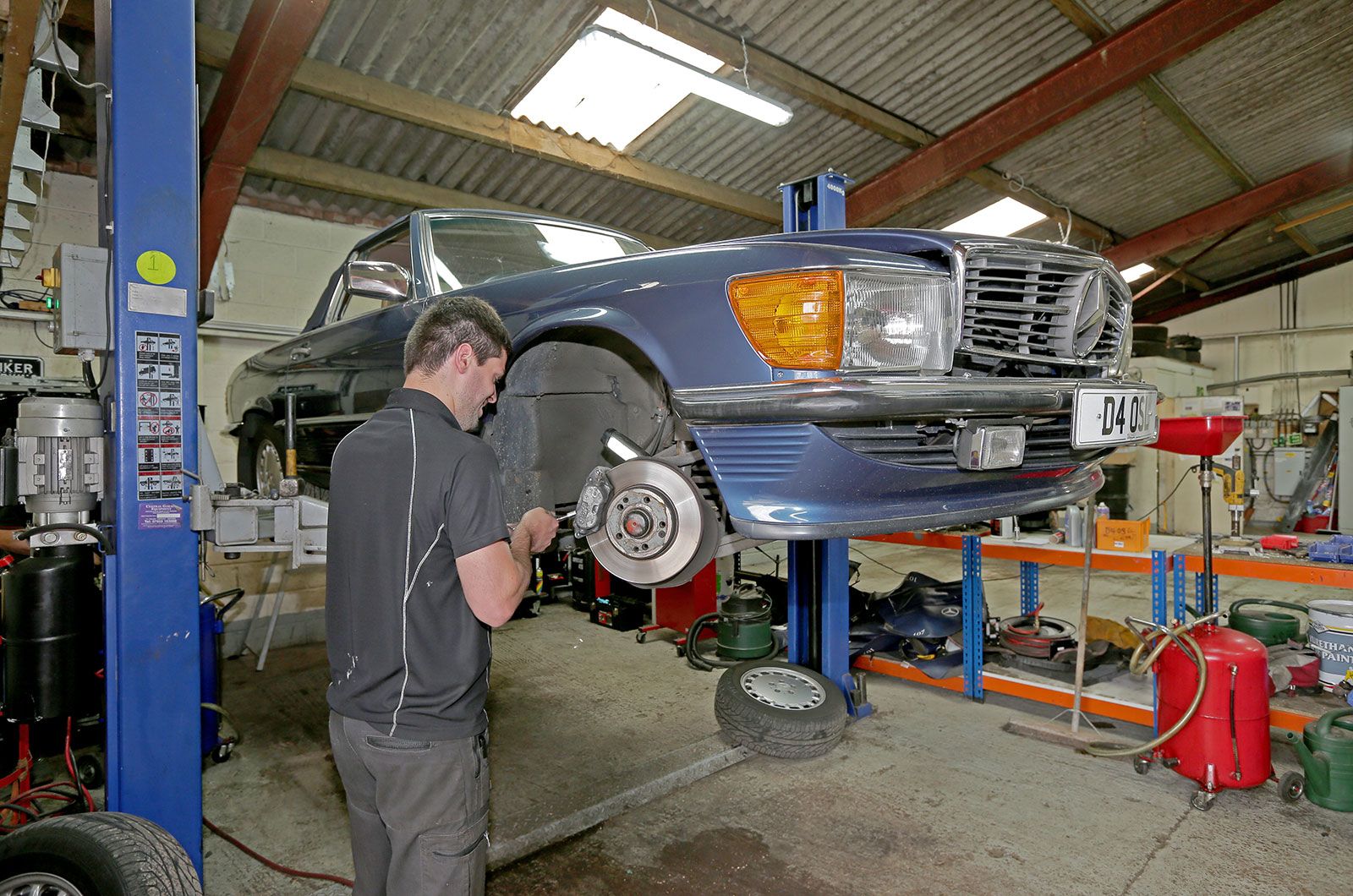
Look at a range of examples of your chosen car before you buy; even if you think the first car you see is an absolute minter, a closer look may show it to be not as good as you think, or overpriced for what it is.
Give any potential purchase a thorough inspection; it’s worth putting it through an MoT if you’re in doubt. This is effectively a cheap inspection, although you can get a full professional inspection done as an alternative; it’ll cost you significantly more, though.
Check the paperwork
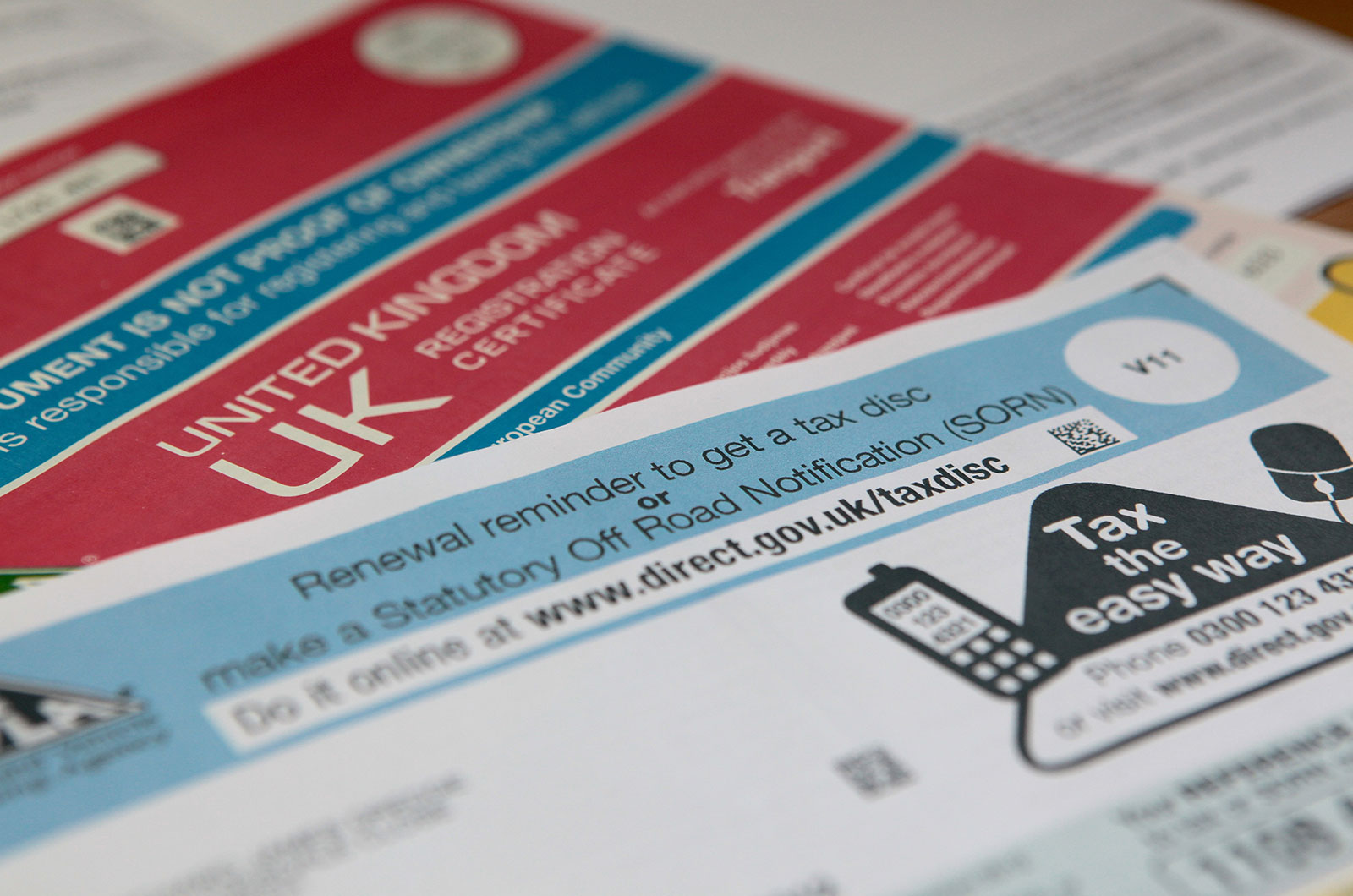
As with any used car, reading through the paperwork is essential. The car should come with some service history and you can check the MoT history online, which gives you an idea of how well the car has been maintained.
Also check the chassis number on the V5C against any plates on the car – but bear in mind that it’s easy to buy replacement chassis plates for a lot of older classics.
PART 4: WHAT CHECKS SHOULD YOU CARRY OUT ON THE DAY?
Have a good chat to the owner
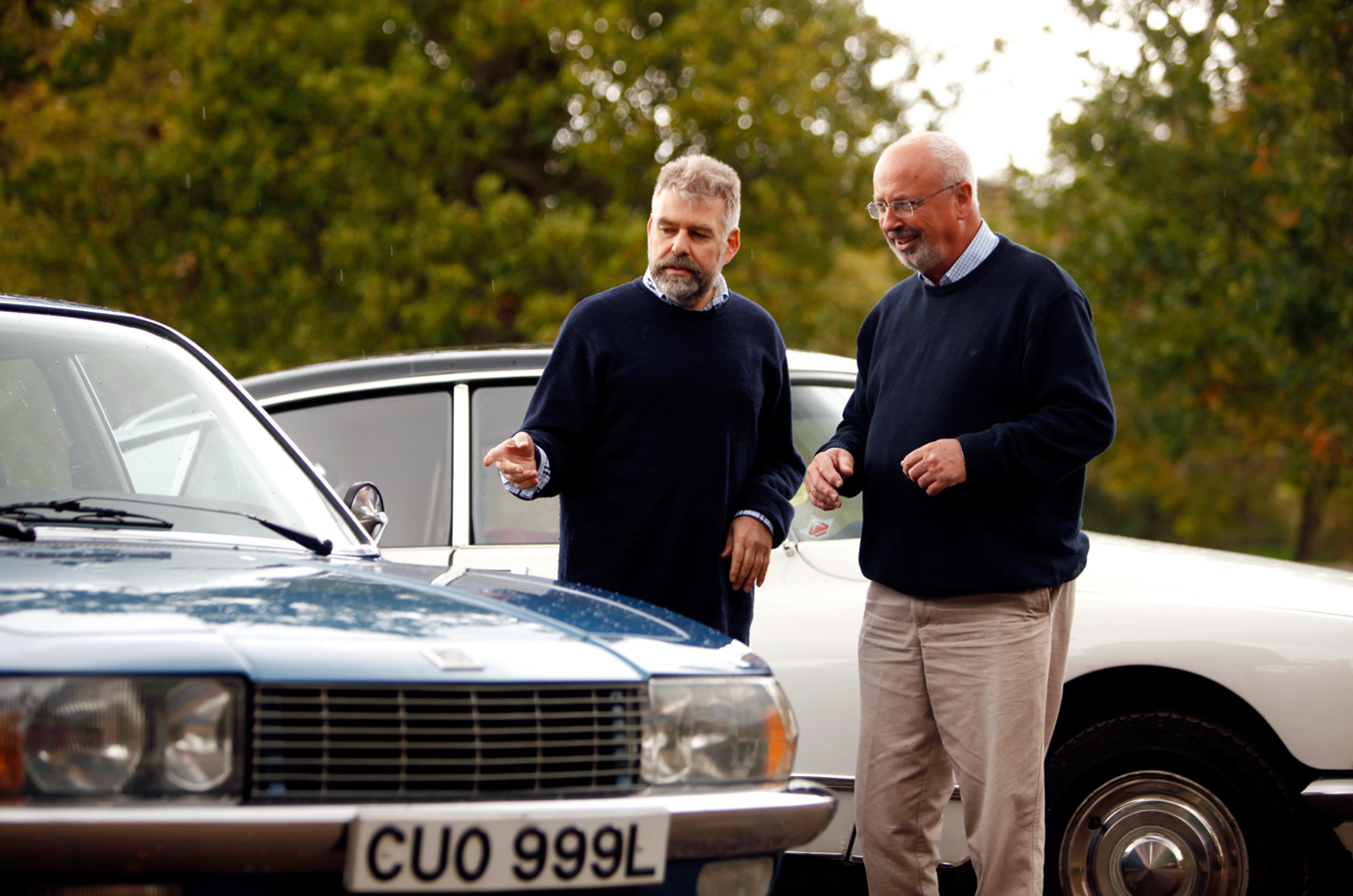
Don’t be afraid to ask questions about the history of the car (how many owners and so on), any faults or past problems, whether it has been modified and, especially, why it’s being sold. If they are spinning you a line, you can usually tell.
That said, be careful not to overwhelm the owner: don’t arrive mob-handed and don’t take your best tyre-kicking boots. You may want to buy their car, but you really don’t want to offend them – if they are not desperate to sell, you could lose it just on your attitude and approach.
Bring the right kit with you

Go armed with torch, screwdriver and camera. Other items that might be useful include a voltmeter or circuit tester and wire brush (for checking the chassis).
Ideally, you’d get the car into the air on a lift so that you can get a proper look underneath, but if that’s not possible then you’ll want to at least jack it up; with that in mind, take along a jack, axle stands and overalls.
Make sure the panels fit
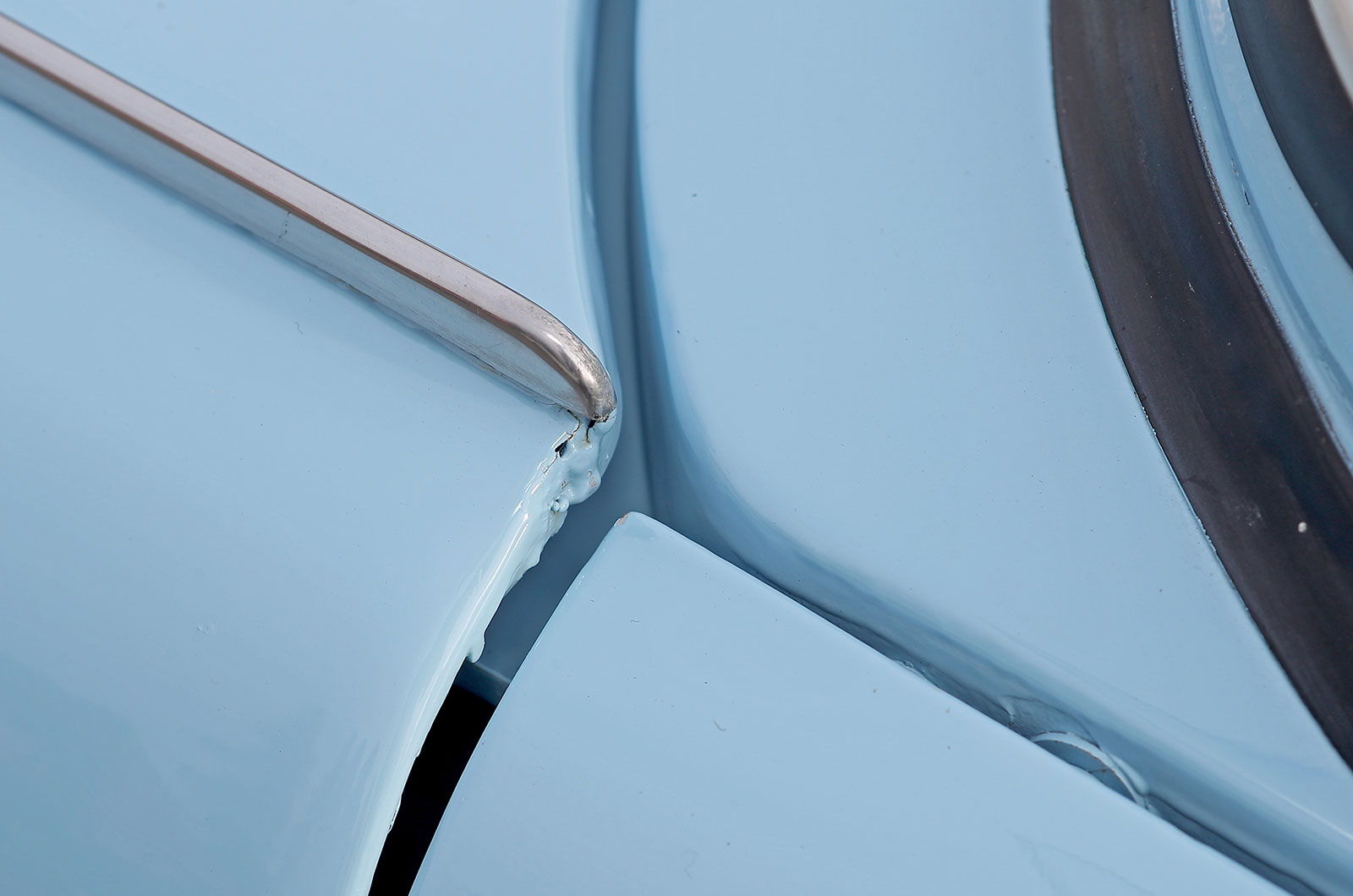
If a car has been badly pranged it can be difficult to attain proper alignment of everything, so make sure all panels line up properly.
Check for rippled inner wings and shutlines that are all over the place – sorting these can be very costly, if not impossible.
Unless you’ve got specialist bodywork skills, you’re best avoiding any car that’s been in a major shunt, because you’ll never get everything to line up.
Check for rust
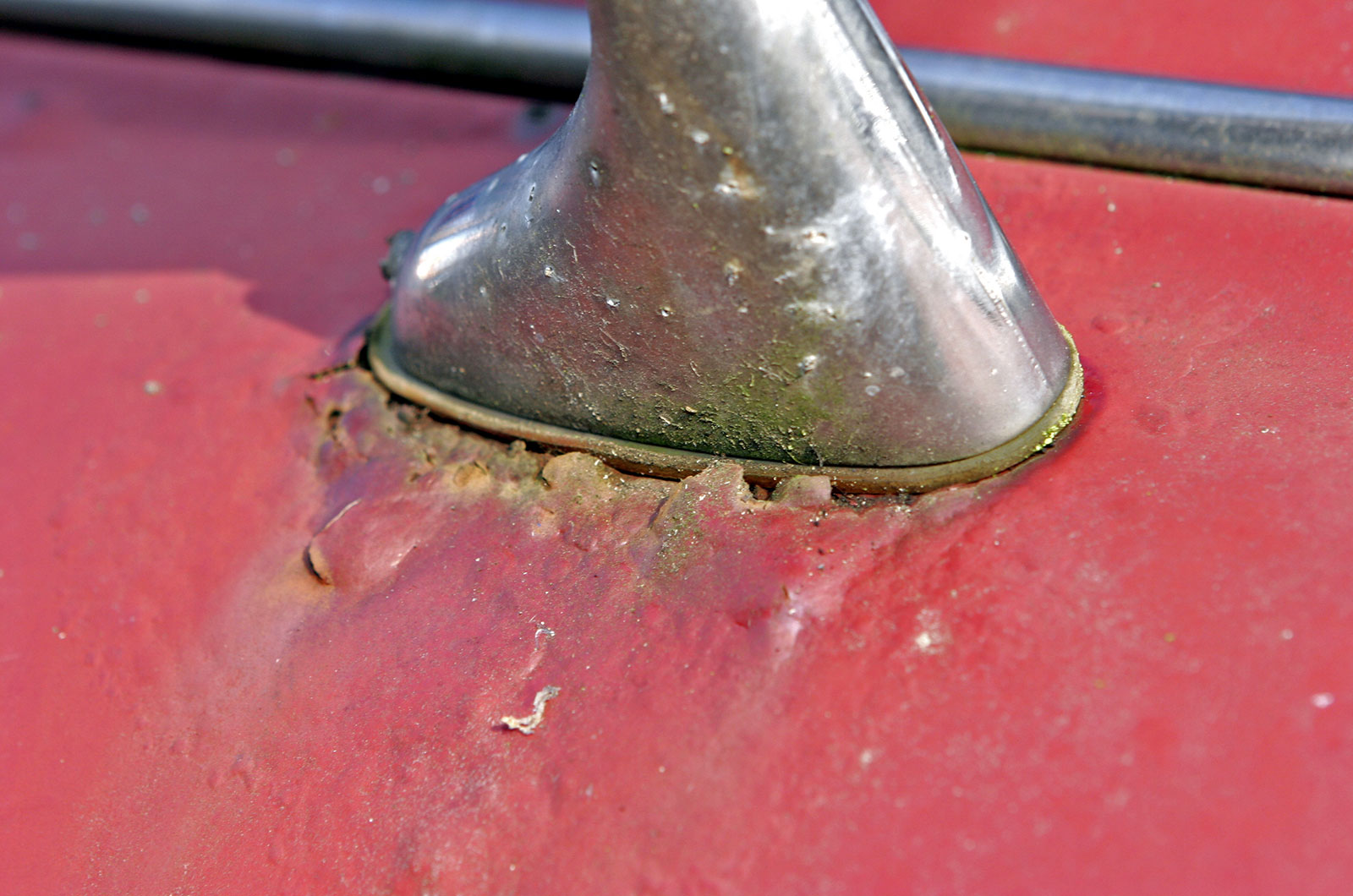
Rust is the most common reason for classics being beyond economical repair, so check every nook and cranny for paint damage, microblistering or bubbling.
Common rust traps include the sills and wheelarches, so run a magnet over them to check for filler. Seams and brightwork also frequently harbour rot, as do rain gutters.
Cosmetic rust needn’t be a problem, but structural rot could be, depending on your skills. As far as monocoque chassis go, structural areas include the sills, bulkheads and any floorpan crossmembers. (Advice on separate chassis can be found further down).
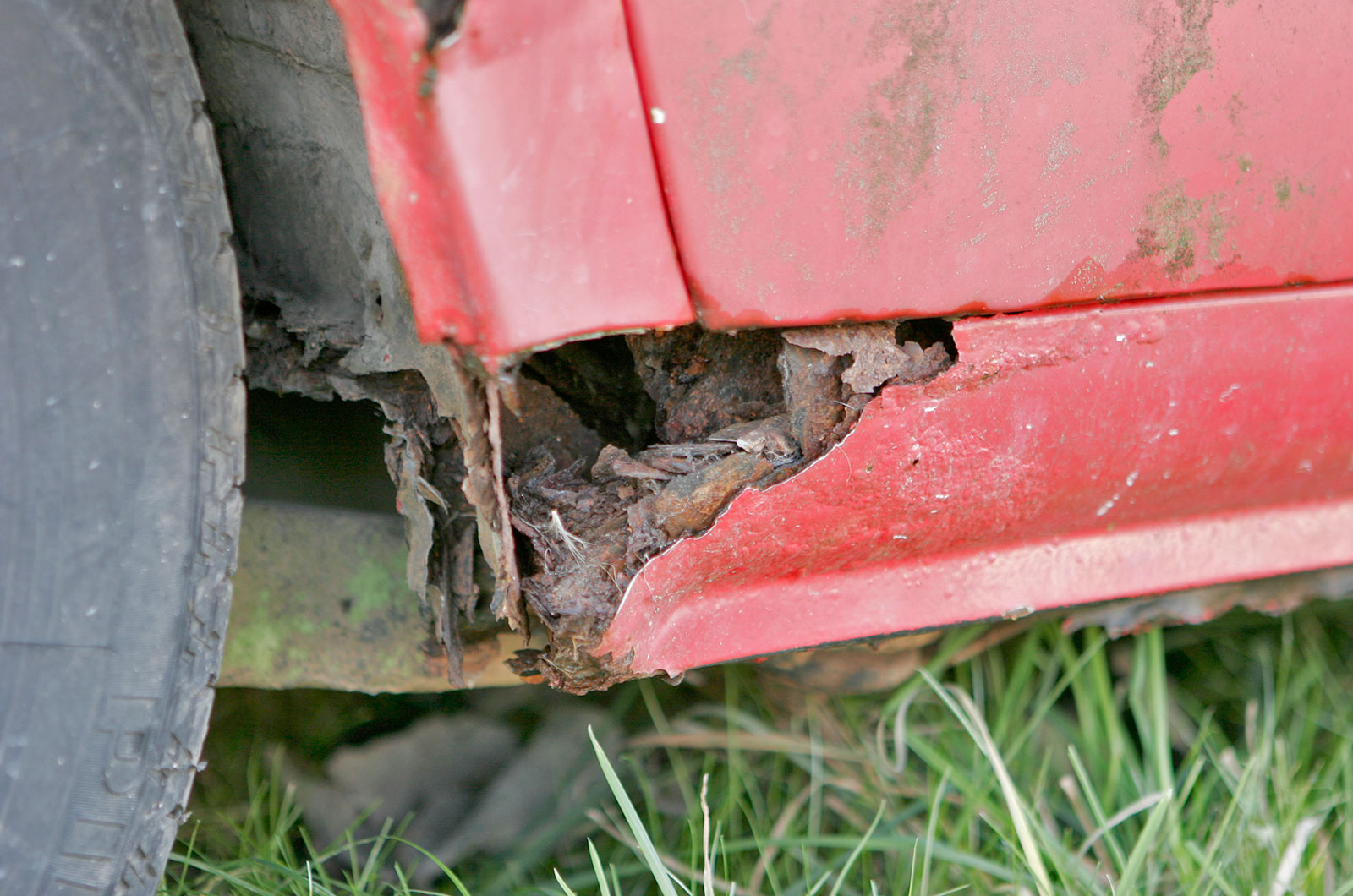
Other areas to analyse include the door bottoms plus the front and rear valances, which often rot from the inside out.
Also look at the leading edge of the bonnet and trailing edge of the bootlid; these start to corrode, get left, then dissolve. These areas aren’t structural but can be tricky to repair without specialist skills.
Ensure the rubber seals are intact, too; they perish then let water into the cabin.
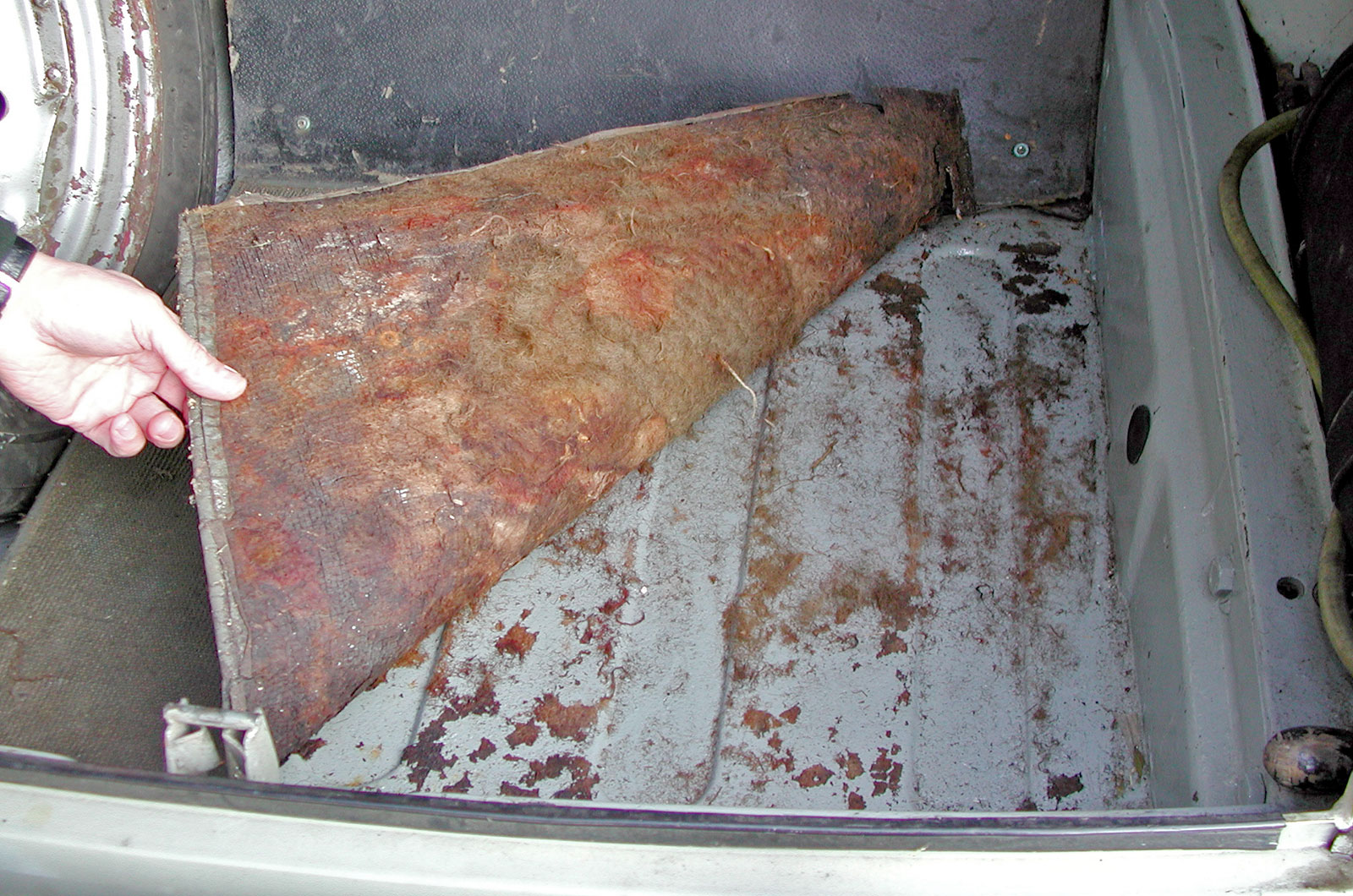
If the car has a sunroof make sure it’s not leaking and that its surround hasn’t corroded.
Lift the bonnet and see what state the inner wings and battery tray are in, and look closely at the bulkhead. If this has corroded it’ll mean an engine bay strip down (and possibly dashboard removal) to effect proper repairs – which is extremely time-consuming, albeit not usually that difficult.
If the car has MacPherson strut front suspension, look at the strut tops for corrosion.
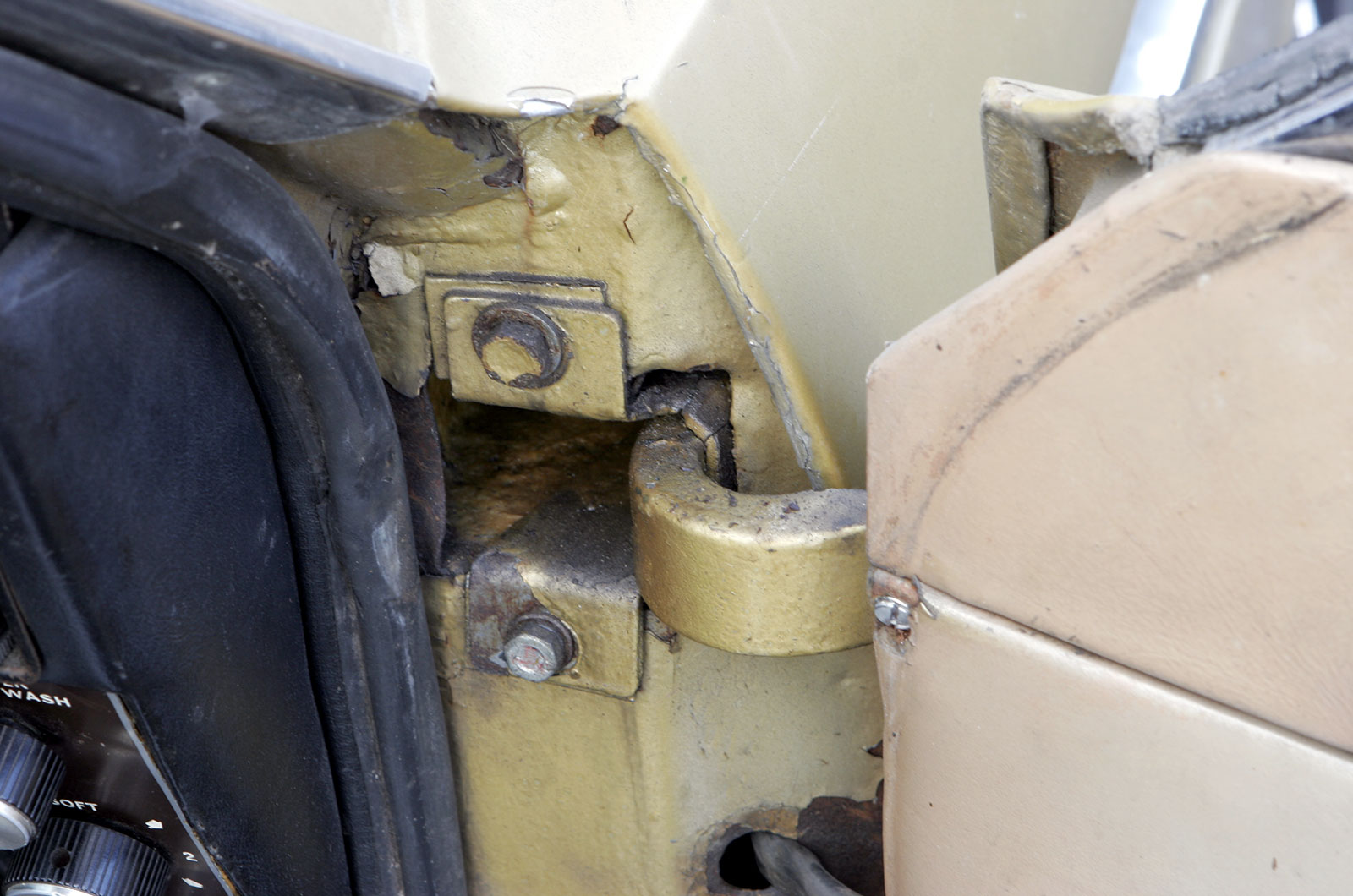
Check the floorpans from underneath (including the spare wheel well) and lift any trim for a view from inside. Repairs to these areas can be time-consuming, because you may have to remove fuel and brake pipes and mechanical parts such as brake or suspension systems – but once stripped, repairs are usually straightforward.
Finish by checking the doors aren’t dropping because of rotten A-posts or worn hinges; the former is often very difficult because of poor accessibility.
Check the frame
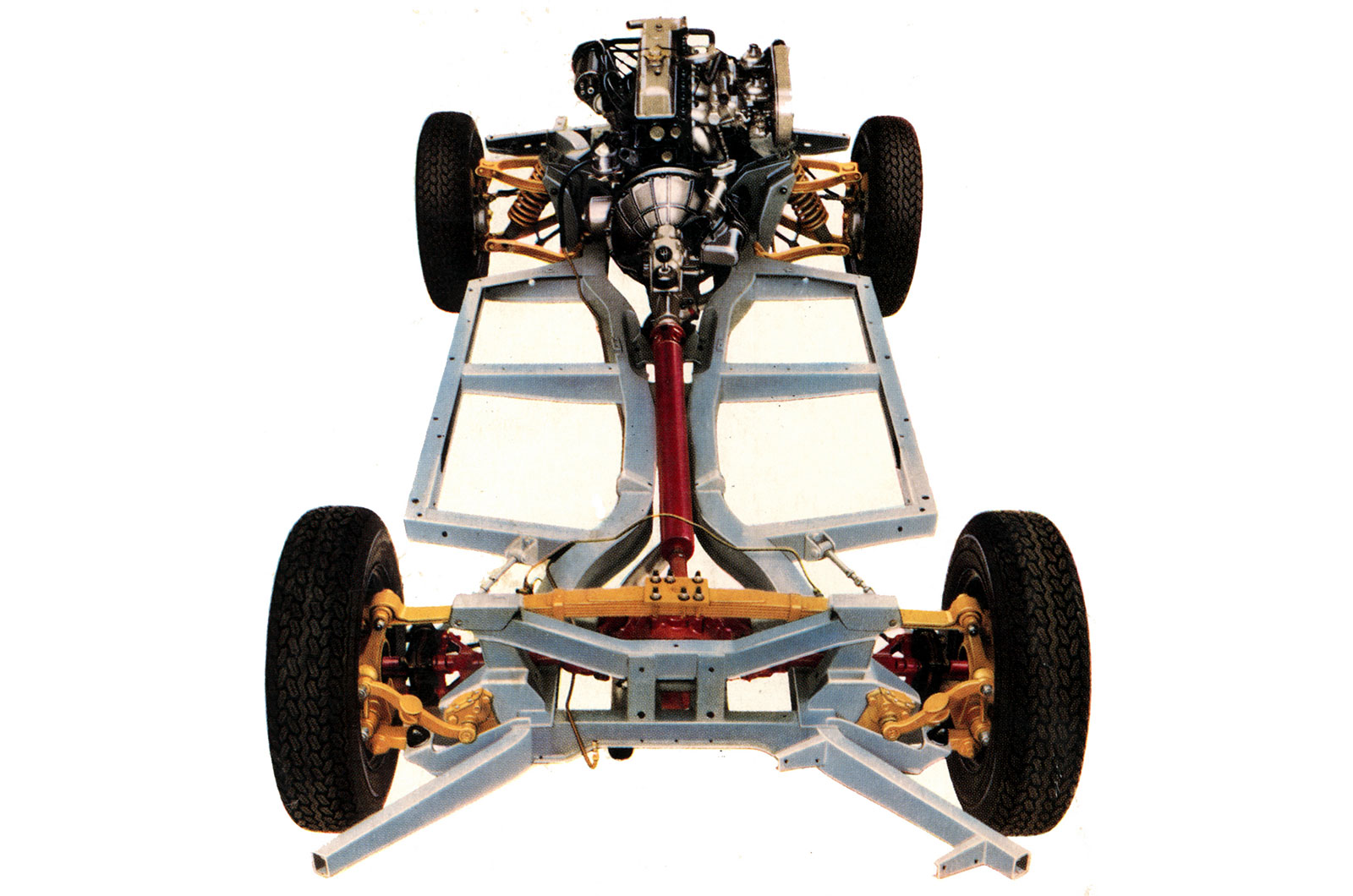
Any car with a separate chassis frame needs careful inspection, because effecting proper repairs can mean removing the bodyshell – and you can’t skimp, because a chassis gives a car most of its strength.
Check the entire chassis for corrosion, along with stress cracks where sections meet – especially around suspension mountings. Repairs are usually easy but it’s common to have to remove fuel and brake lines or mechanical parts such as the suspension, before work can begin.
Examine the brightwork
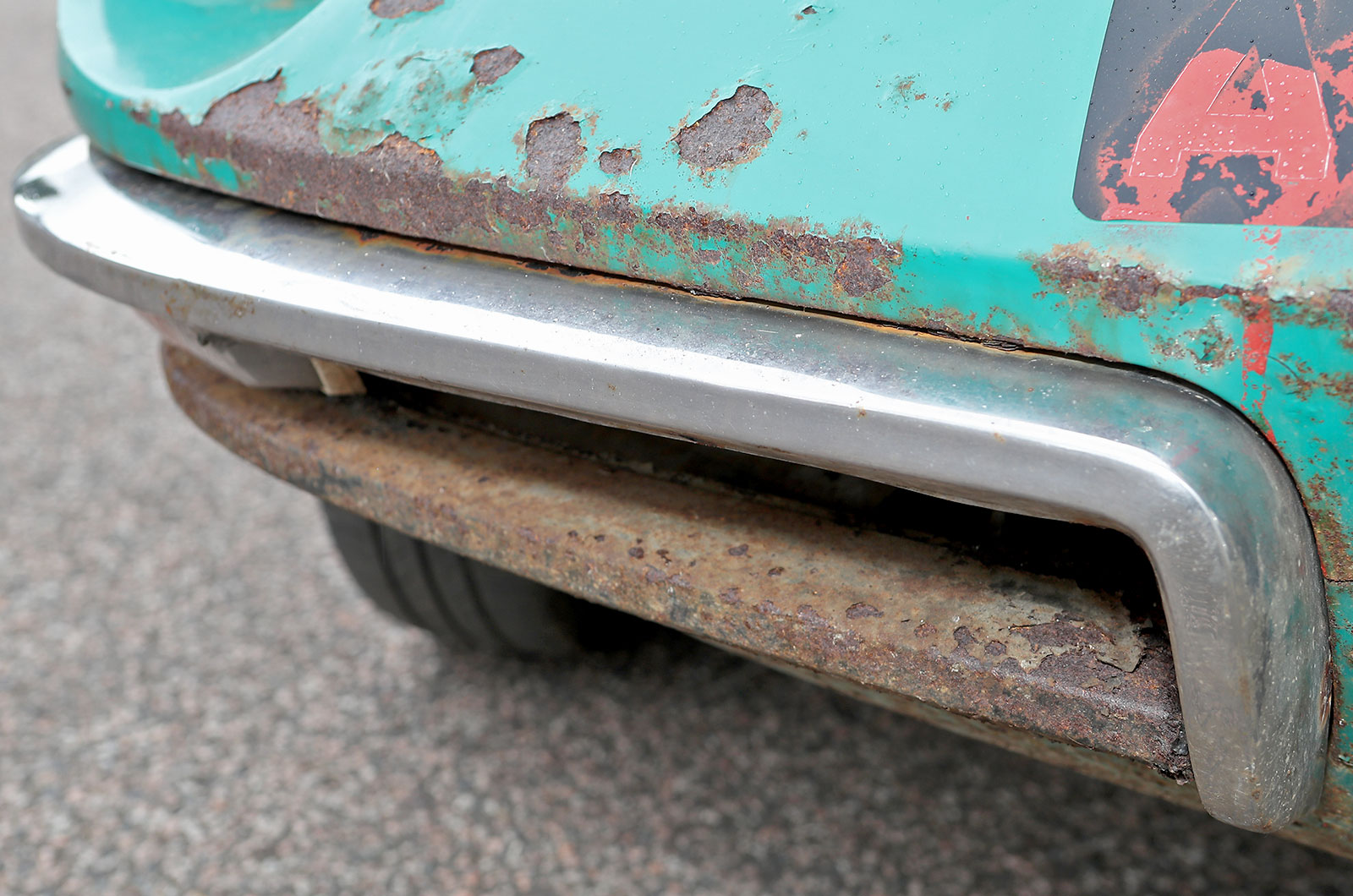
Exterior trim can cause headaches, with some model ranges having many different trim specifications.
Light units get broken while chrome trim gets pitted, and replating mazak (or ‘monkey metal’) isn’t usually possible, so you need to find new parts.
A lot of repro stuff is badly made and original bits are often unavailable or overpriced – so check all the exterior trim parts are present and in good nick or get costs for replacements first.
And don’t forget the interior trim
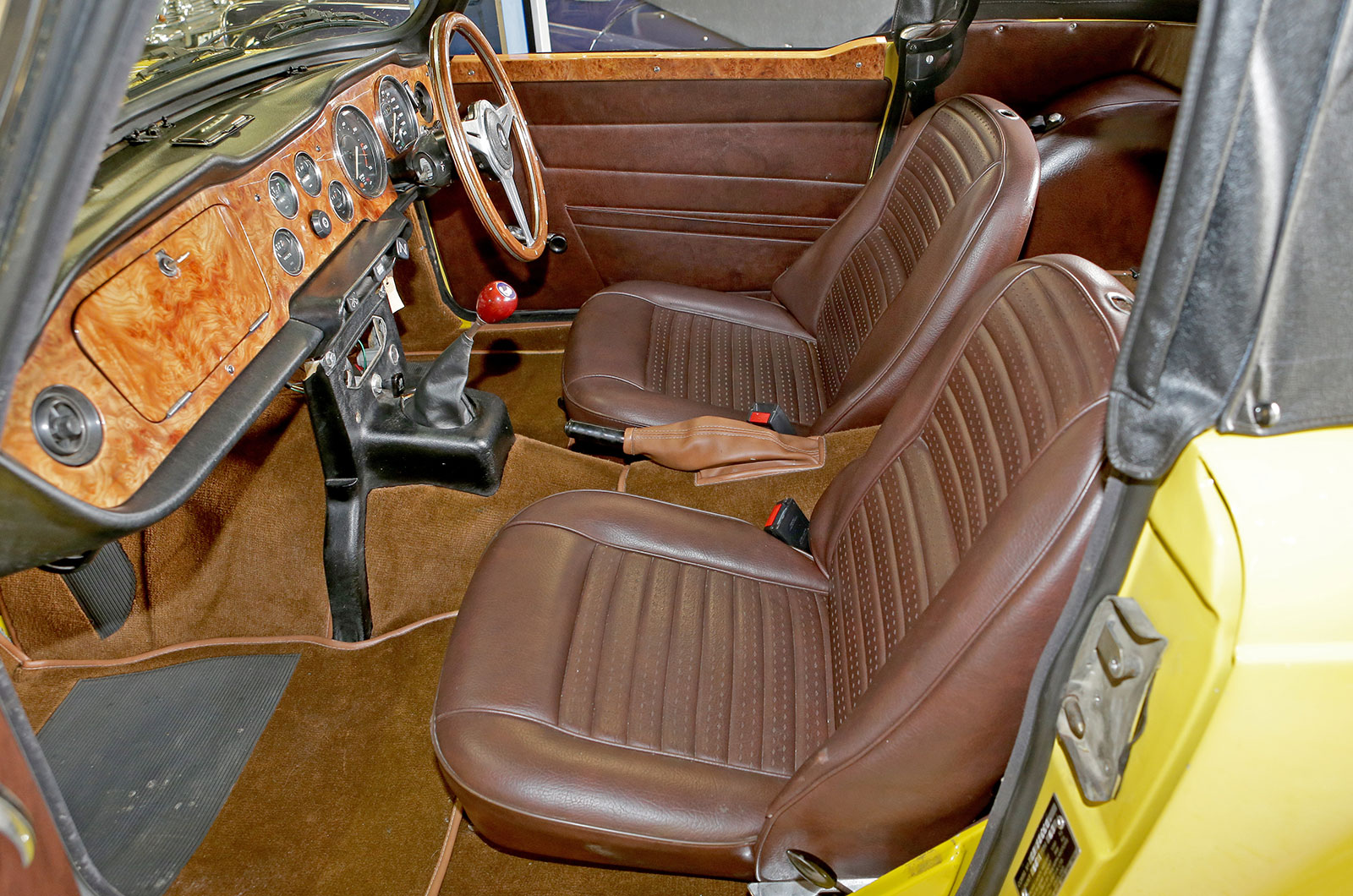
Ensure the door panels, carpets and seat covers are in good condition, because these usually cost hundreds of pounds to sort, and retrimming is a specialist skill.
Also make sure the wood trim, headlining and hood (if it’s a convertible) are sound; these often need professional help to revive.
More interior trim is being remade than ever, but only mainstream classics are covered; for all others it’s a case of scouring autojumbles or buying from fellow club members.
What to look for with the engine
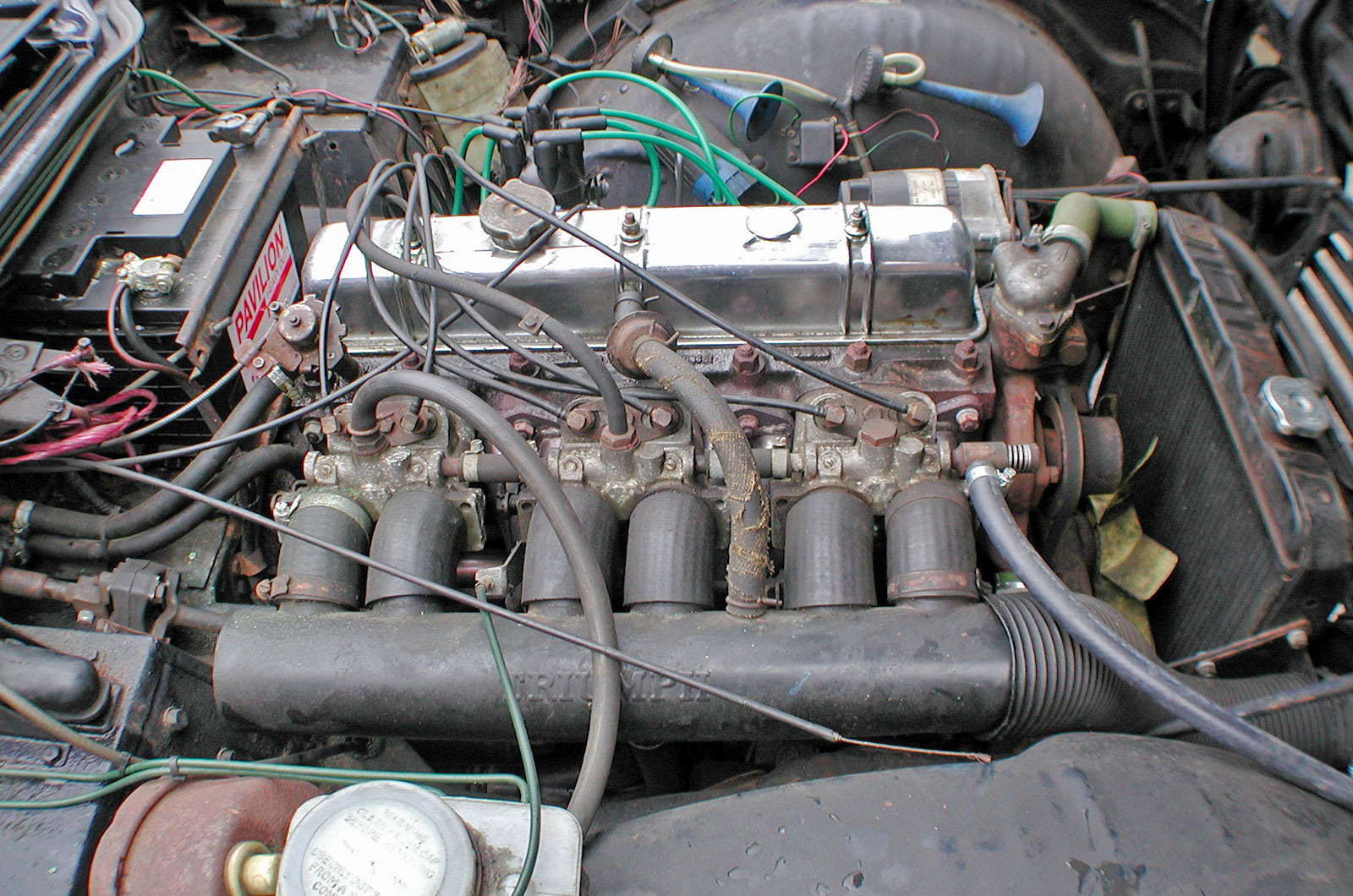
Don’t start the engine until you’ve inspected the bodywork and interior, giving it time to cool down if the owner has run it up to temperature before your arrival.
Look for bad oil leaks and suspect out-of-balance carburettors if the engine runs unevenly. A worn engine will usually smoke badly, but even the most tired powerplant can usually be rebuilt – although costs will be very high if it’s something exotic or rare.
If the engine does smoke, pay attention to the colour: blue usually means an oil problem, black can be related to poor combustion, and white can indicate a head gasket problem or blown turbo.
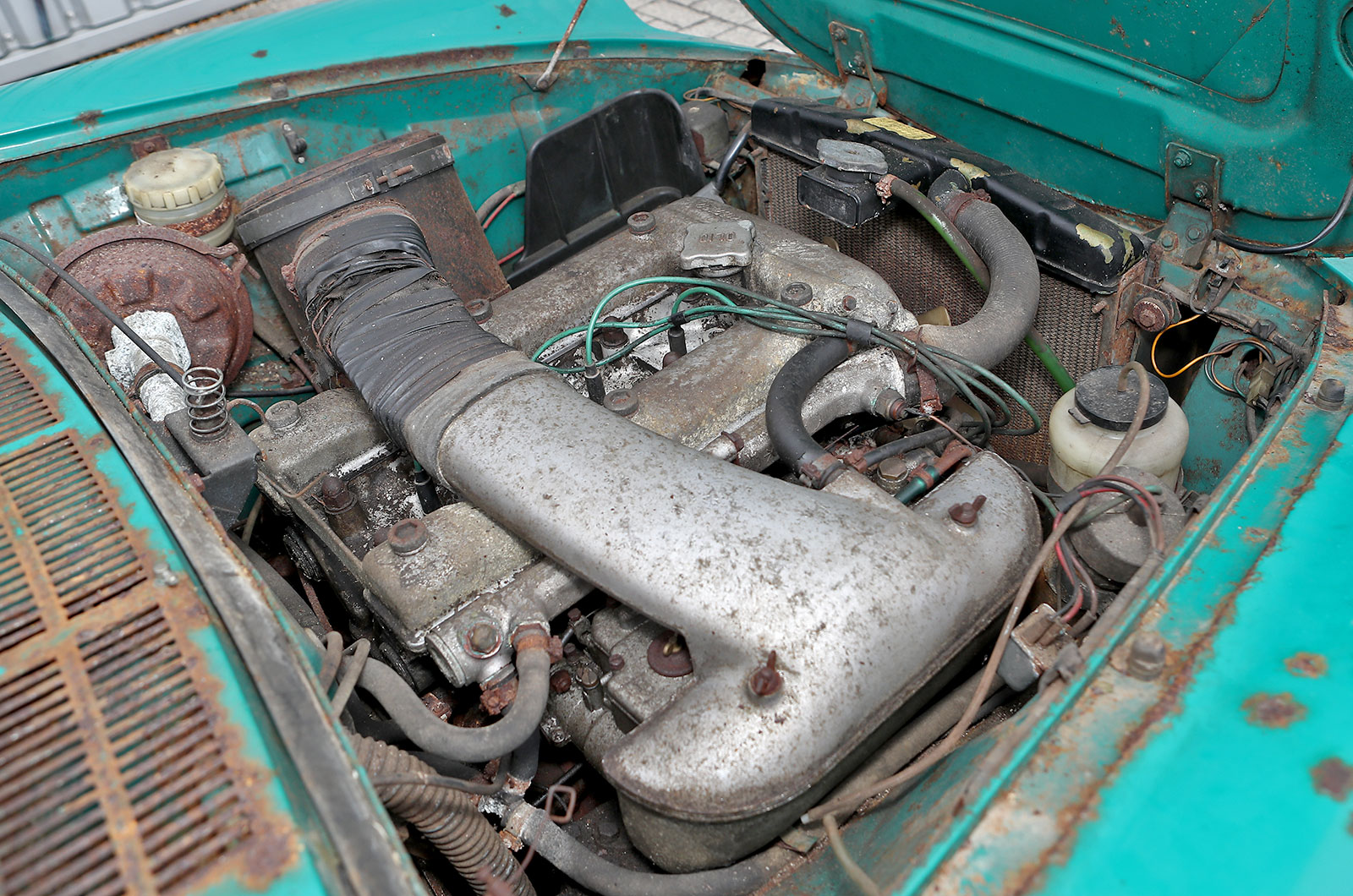
Knocking sounds on start up indicate bearing wear, caused by oil starvation, high mileage or hard use.
Continuous rumbling signals worn main bearings while clattering from the top of the engine means the valve clearances need adjusting or something (probably the camshaft) has worn.
Only the latter means a top-end rebuild; the others mean the bottom half needs reviving – and that’s usually costly unless you just fit a used engine.
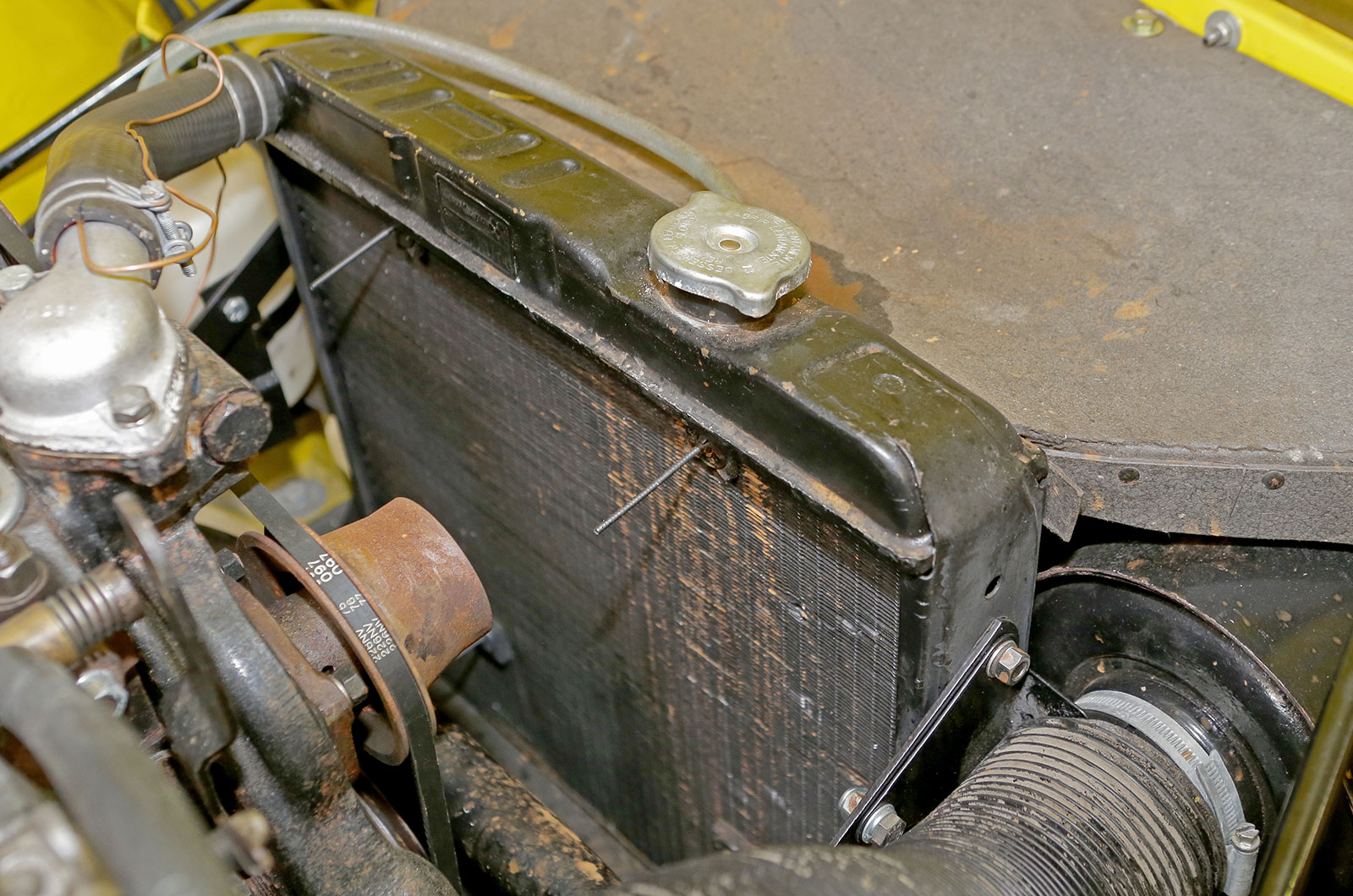
Make sure no water has collected at the bottom of the radiator, signalling leaks; a recore isn’t usually very costly.
Get the engine hot (to ensure the thermostat hasn’t been removed) and if there’s an electric fan, make sure it cuts in at the required temperature.
Then switch off the engine and try to restart it a few seconds later; hot starting problems can be hard to sort out.
What about the gearbox?
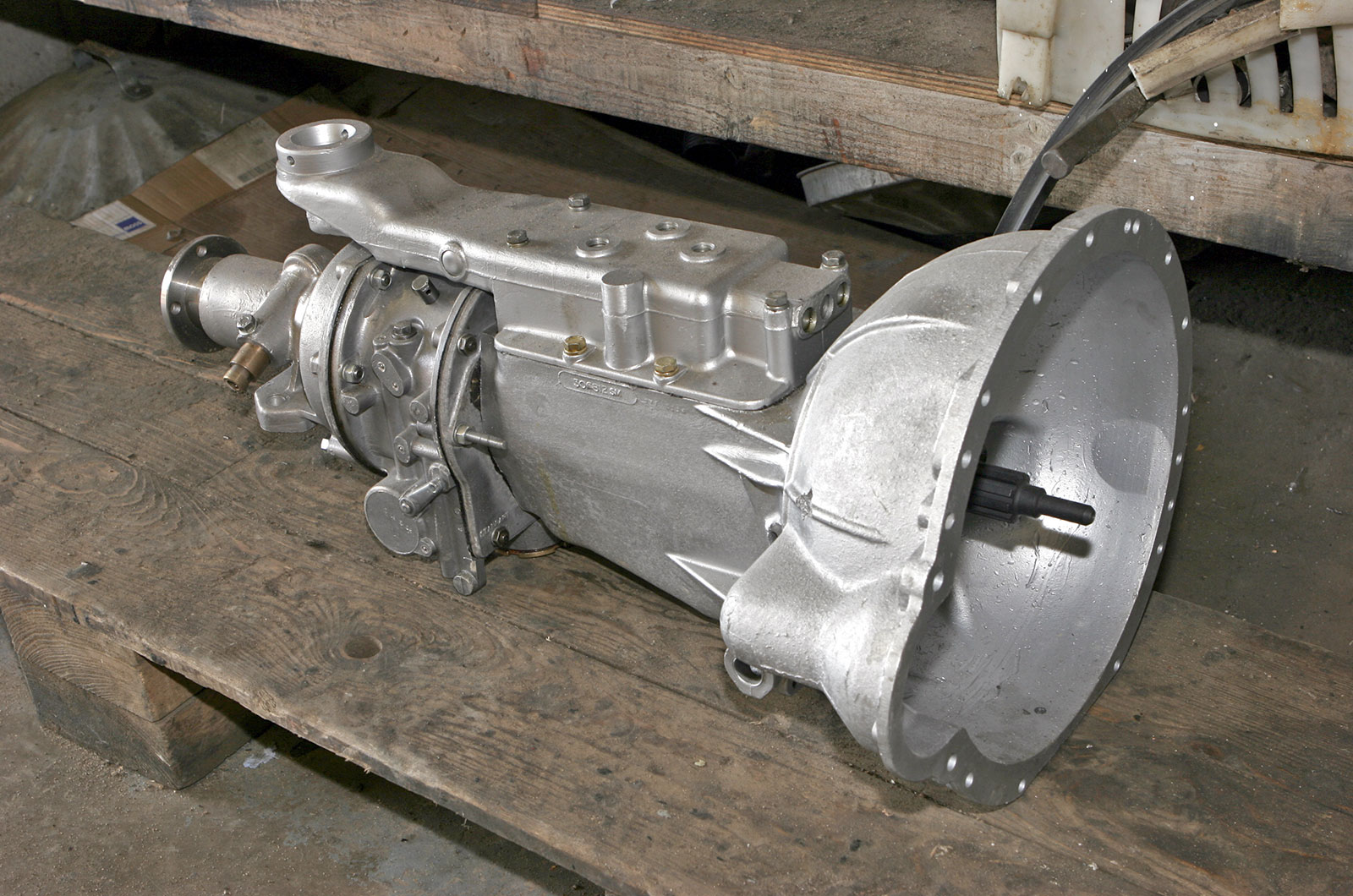
There’s lots to watch out for here, so you’ll need to pay attention and do each of the following while you’re on the test drive:
- If the car has a manual gearbox, change up and down through the gears quickly, to reveal any synchromesh weaknesses.
- While doing this listen out for any whining from the gearbox and diff; rebuilding these can be expensive, although first gear whine is normal on many classics.
- If there’s a rumble when running and in neutral that disappears when you dip the clutch, it indicates layshaft wear.
- Lift off then reapply throttle to check it doesn’t jump out of gear.
- Stop, put it in a high gear and bring the clutch up with no throttle – if it creeps rather than stalling, the clutch could be slipping.
- Check the overdrive works, if fitted; most (but not all) problems are electrical and easy to fix.
And the transmission?
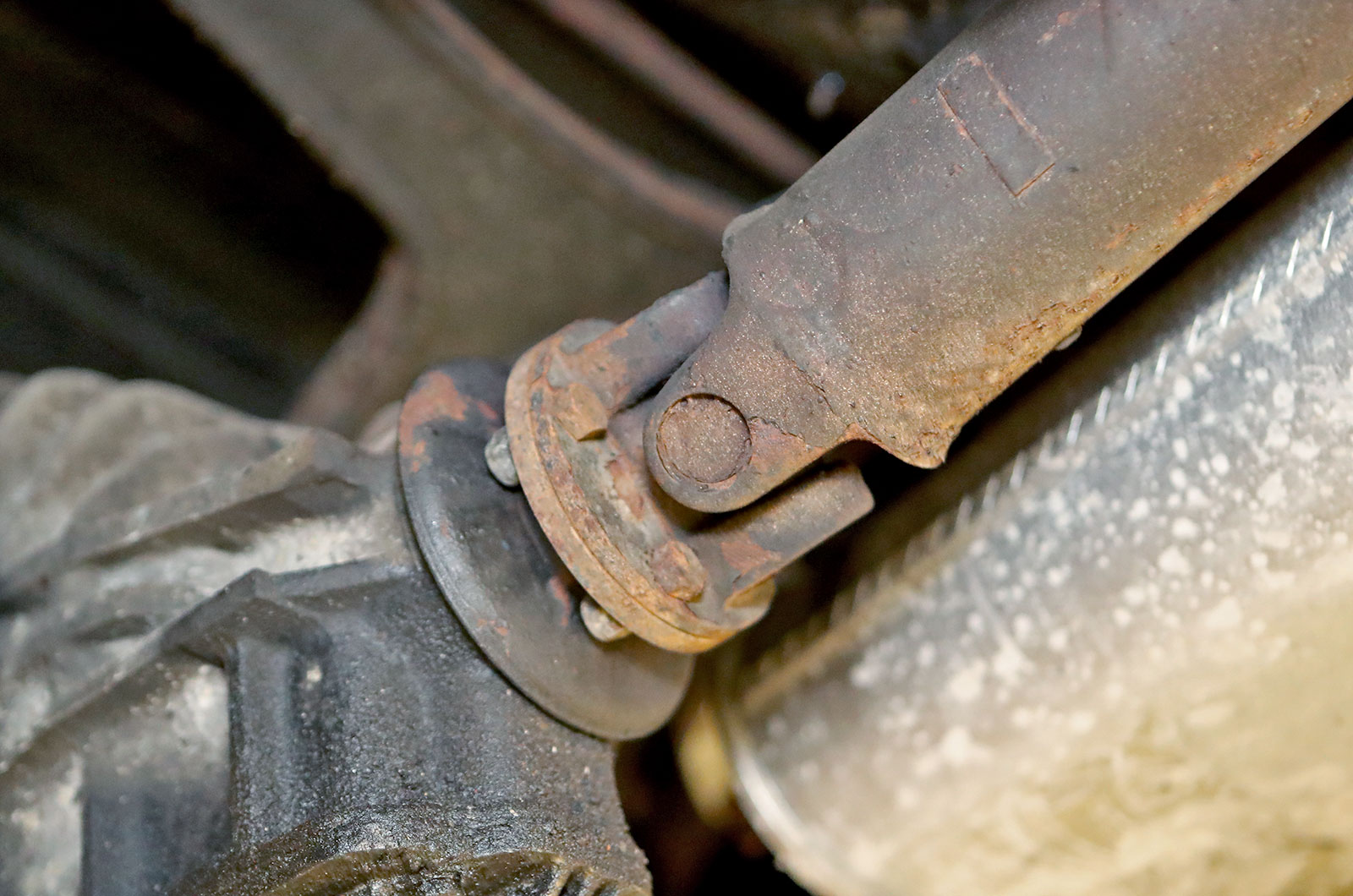
Clonks as you release the clutch signal that the universal joints on the propshaft and/or the driveshafts have worn out. Replacement is usually cheap and easy, but if there’s a vibration at a certain speed it’s usually because the propshaft is out of balance; a replacement shouldn’t break the bank.
Also ensure the clutch isn’t slipping; replacement parts are usually cheap but labour charges can increase the cost considerably. Try accelerating smartly in reverse to listen for knocking that could indicate worn UJs.
Watch out for steering issues
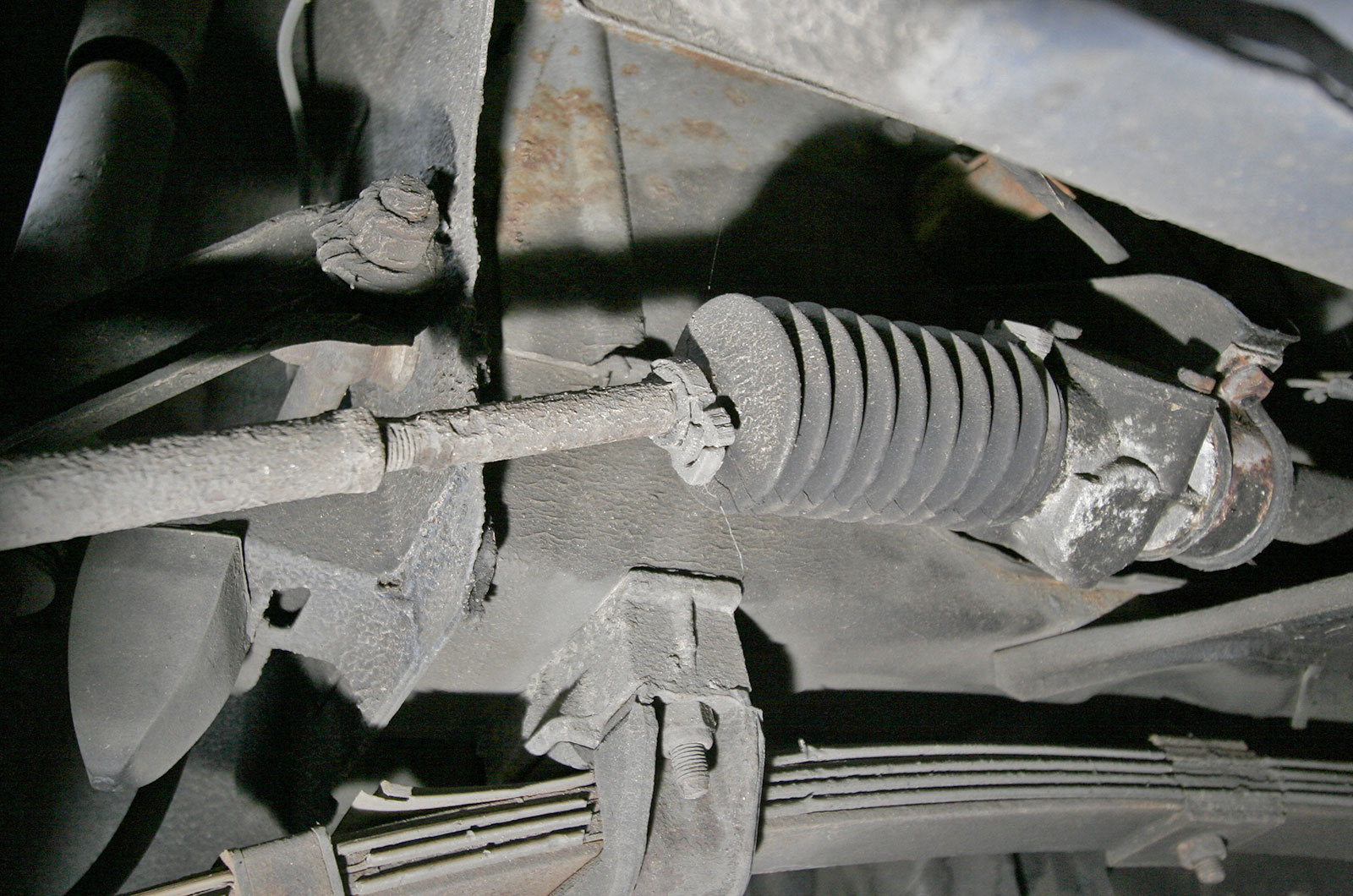
Sourcing replacement steering boxes is often tricky, but originals tend to be durable with the possibility of adjusting out wear in most cases – if this has already been done, there might be stiff spots as a result.
Steering racks are usually easier to source; they wear through use or because the rubber gaiters on each end have split, allowing dirt in, accelerating wear.
Whatever the car be sure to take it for a proper drive, on a variety of roads – corners, poor surfaces and a decent high-speed stretch – so that you can assess the car in all conditions.
Drive the car on full lock in each direction to check for rubbing and knocks from the rack; look out for play at the rim and listen for groans, pulsing or uneven assistance from the power steering.
How’s the suspension?
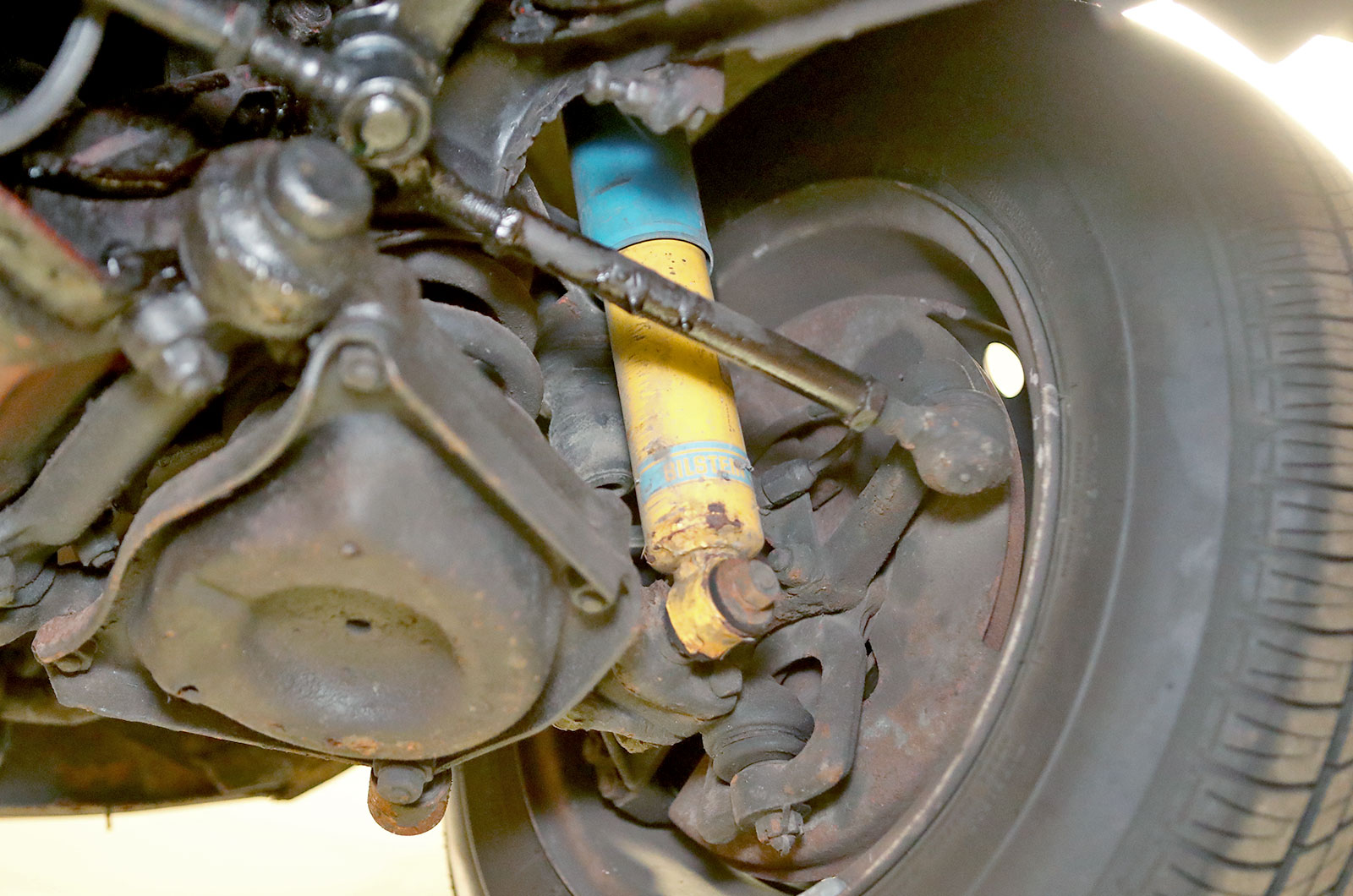
The dampers have had it if you press down sharply at each corner and the car doesn’t settle quickly. Leaf and coil springs wear out or break; the latter should be obvious from underneath, but wear isn’t so easy to detect.
Look at the ride height; if the car is sitting low at one end or the other it’s time for new springs. Replacement dampers and springs are normally cheap, and they’re easy to renew.
On the test drive, listen out for clonking and watch for a wallowy feel: these usually indicate worn bushing.
Check the tyres and wheels
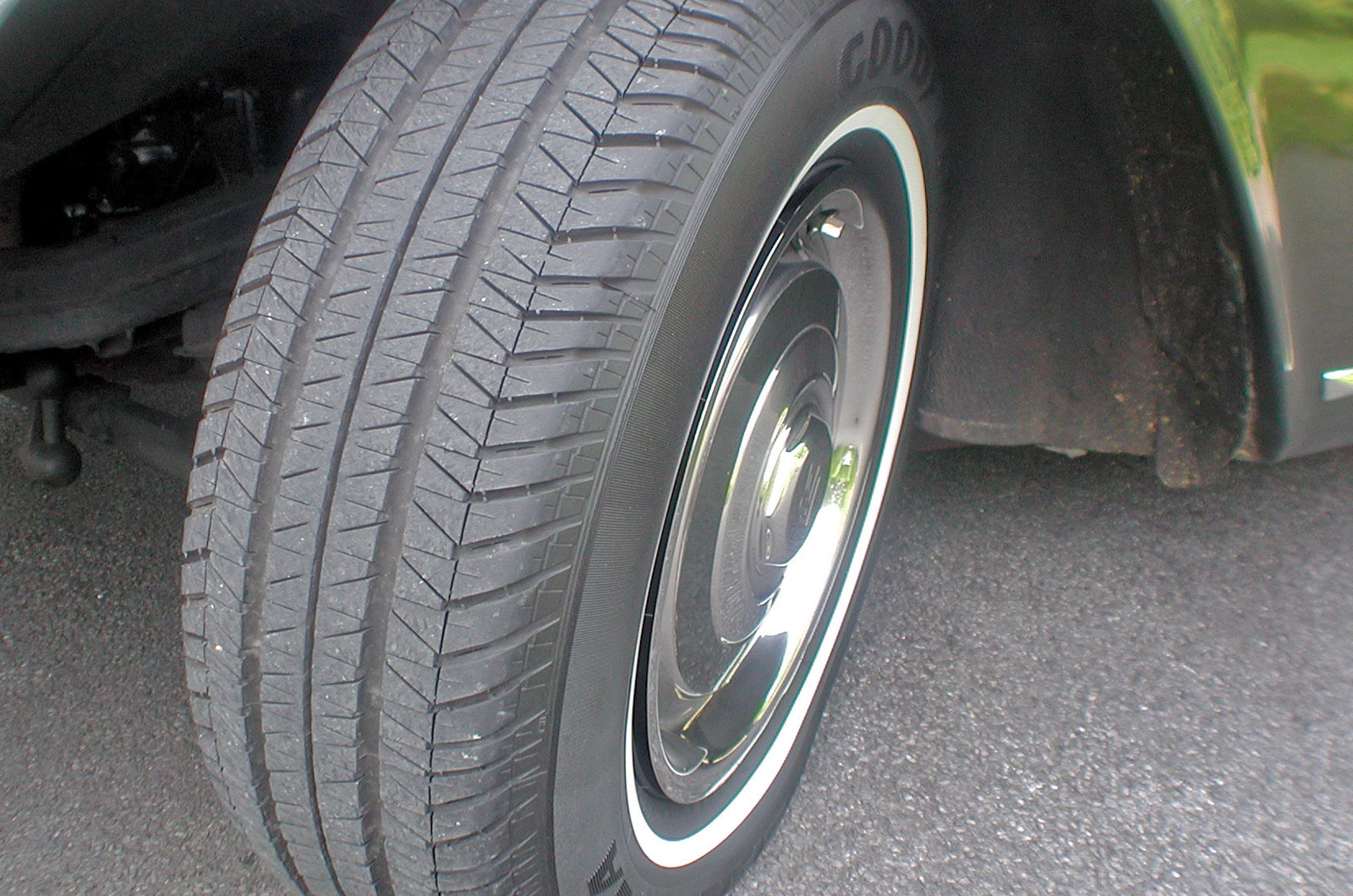
Uneven tyre tread wear may show that the tracking is out, or it could show more serious problems such as misaligned suspension – especially if the car has been rebuilt.
It could also be that the suspension bushes are worn. If that is the case a visual inspection should suffice, but vague steering can also be the result.
Also listen for worn wheelbearings; they grumble or chatter as you corner.
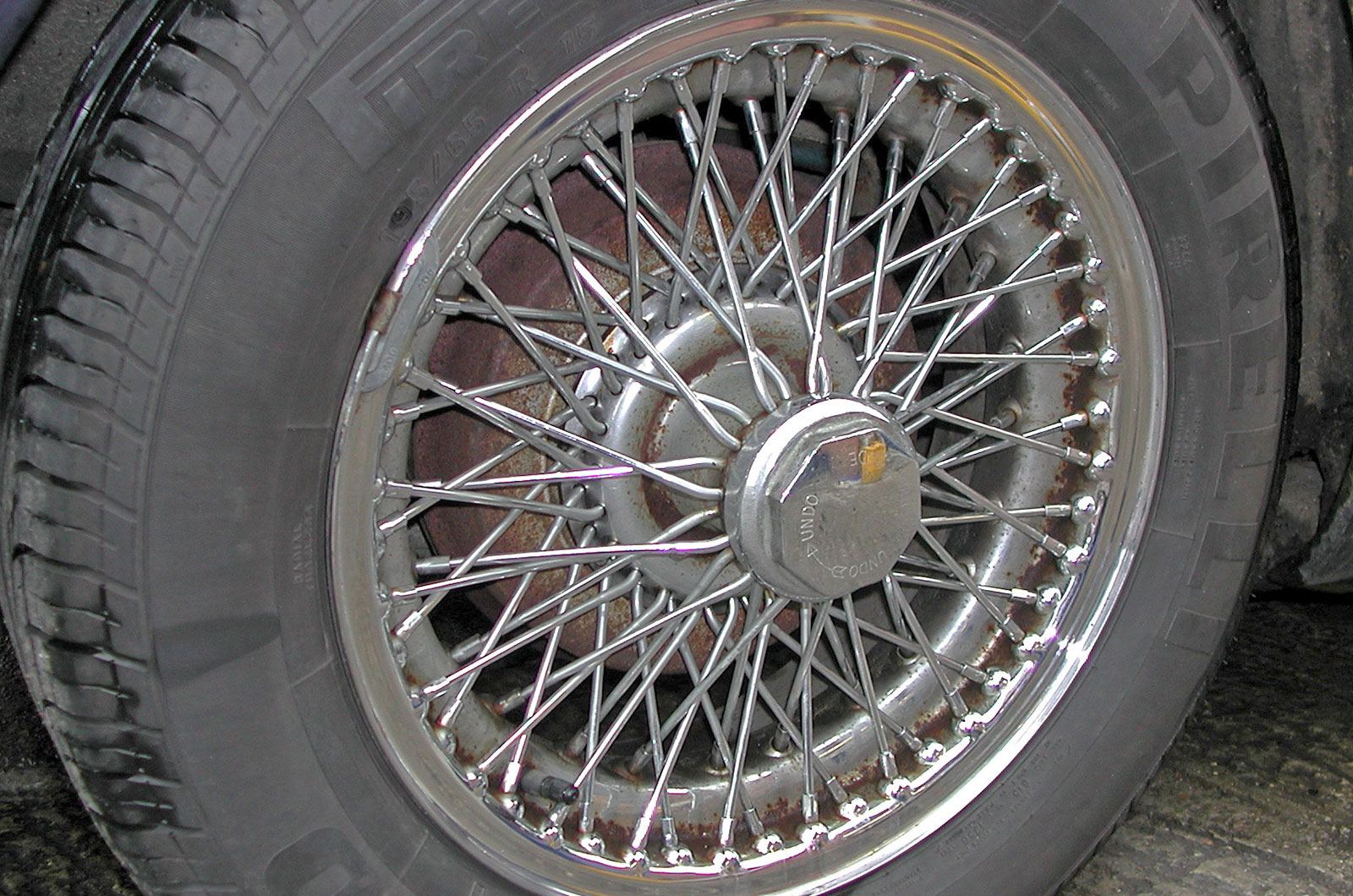
Pressed steel wheels rust, while wires suffer from damaged spokes and worn splines; the latter is what retains the wheel on the hub. Alloy wheels can suffer clearance problems if they’re oversized.
Braking systems are usually simple, but servos pack in (so you have to push the pedal harder to stop), wheel cylinders leak and brake pipes corrode. They’re individually cheap to fix, but if it all needs doing, the bill could be extra-large.
If the car pulls to the left or right on the test drive, it can indicate sticking cylinders or worn calipers.
And finally, the electrics
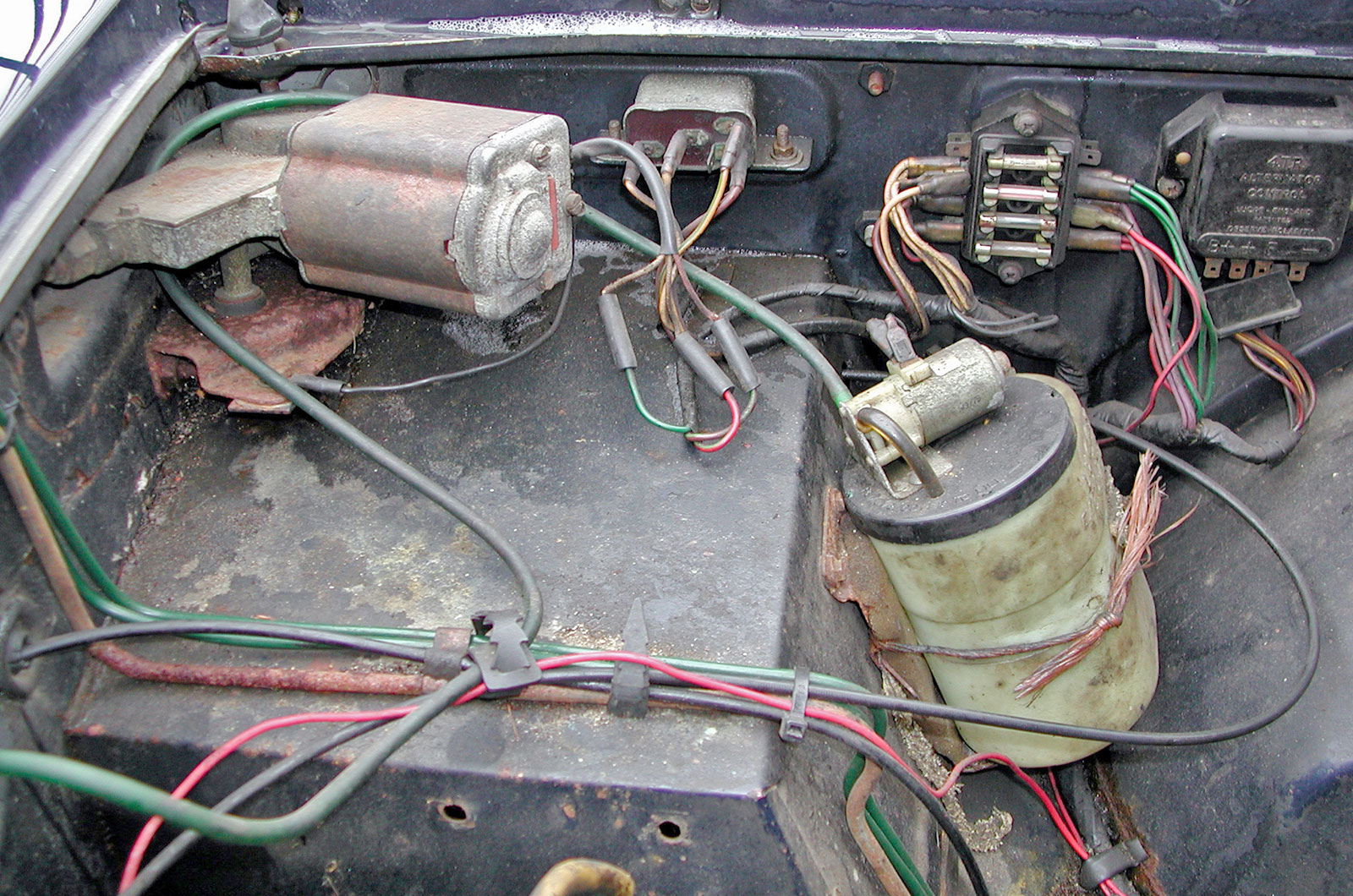
Most pre-’80s classics have simple electrics, but problems can arise from poor earths, dodgy connections and brittle looms.
New looms tend to be relatively cheap if they’re available, but fitting takes a long time, while sourcing components such as switchgear and instrumentation can be impossible.
If any upgrades have been carried out (such as an alternator conversion from a dynamo), make sure the work has been done properly. Also check there’s no chafing anywhere; electrical shorts could lead to the car going up in smoke.
Unlike more recent cars, pre-war vehicles (and even some ’50s models) usually started life with a positive-earth wiring setup, so if you are fiddling with the electrics make sure it’s all wired correctly.
If you’re looking at buying an ’80s or ’90s car and the electrics are playing up, you’re almost certainly going to need expert help.
PART 5: WHAT SHOULD YOU DO ONCE YOU’VE FOUND YOUR DREAM CLASSIC?
Get an HPI check
 Between inspecting the car and buying it, make sure you get an HPI check, which – depending on how comprehensive a check you pay for – will tell you year of manufacture, whether it was first registered abroad, if it has been scrapped, whether it is registered stolen, has been written off or has finance outstanding, among many other details. It’s unlikely to be a ringer, but as little as £9.99 could save you loads in the long run. The AA and RAC are among those offering HPI services of their own.
Between inspecting the car and buying it, make sure you get an HPI check, which – depending on how comprehensive a check you pay for – will tell you year of manufacture, whether it was first registered abroad, if it has been scrapped, whether it is registered stolen, has been written off or has finance outstanding, among many other details. It’s unlikely to be a ringer, but as little as £9.99 could save you loads in the long run. The AA and RAC are among those offering HPI services of their own.
It’s also worth asking the owner if the car has a British Motor Heritage certificate – if it does, this can provide information about the vehicle’s spec as it left the production line.
Haggle… or don’t!
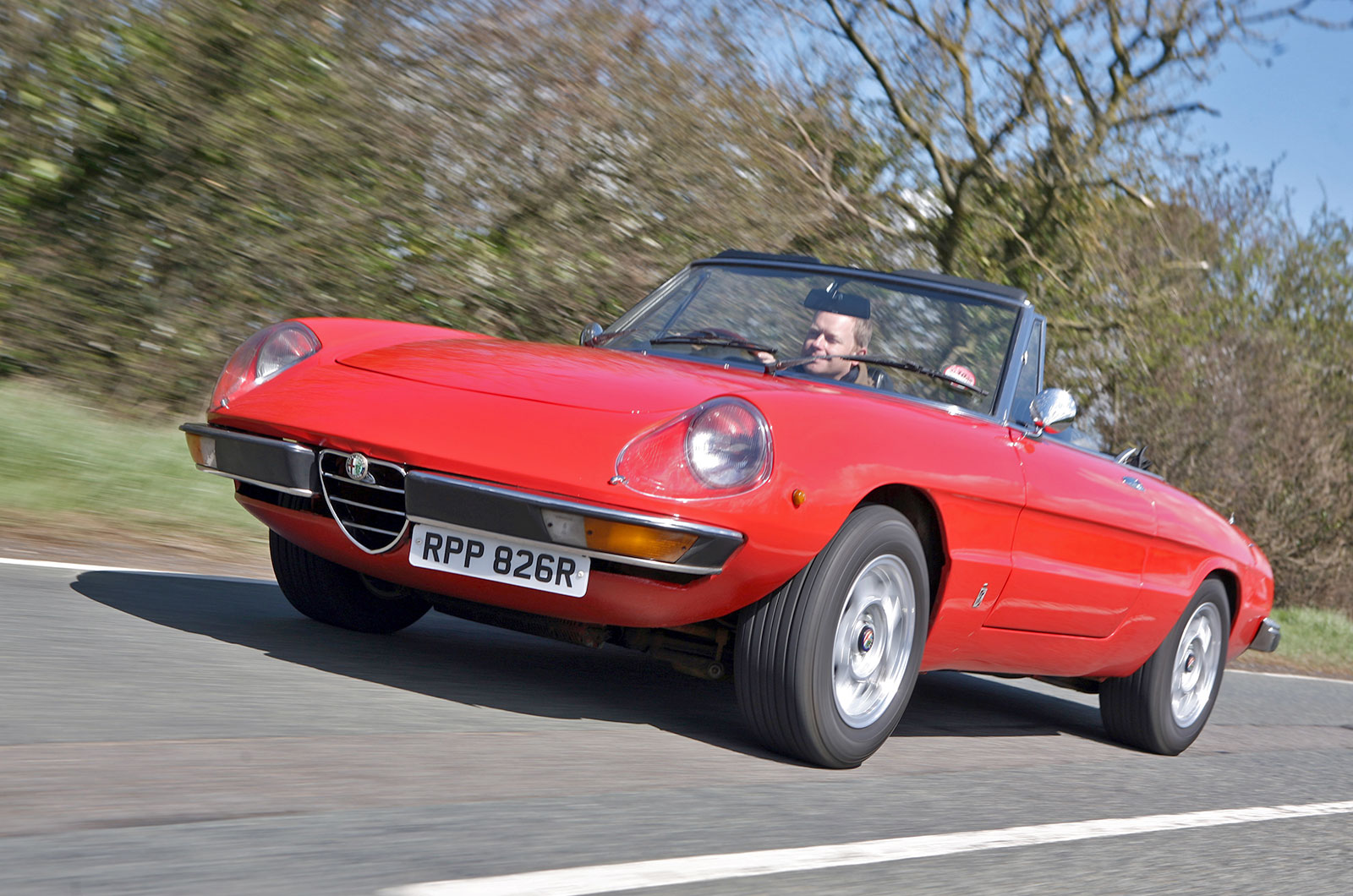
If you decide to buy, having made all of these checks, pay the best price you can – but don’t be too eager to walk away if the owner doesn’t want to haggle and the car is clearly a minter that’s realistically priced.
It’s always worth paying a premium for a classic that’s in superb condition, because these cars ultimately cost less than an average car which is then brought up to a similar condition.
Take out specialist insurance
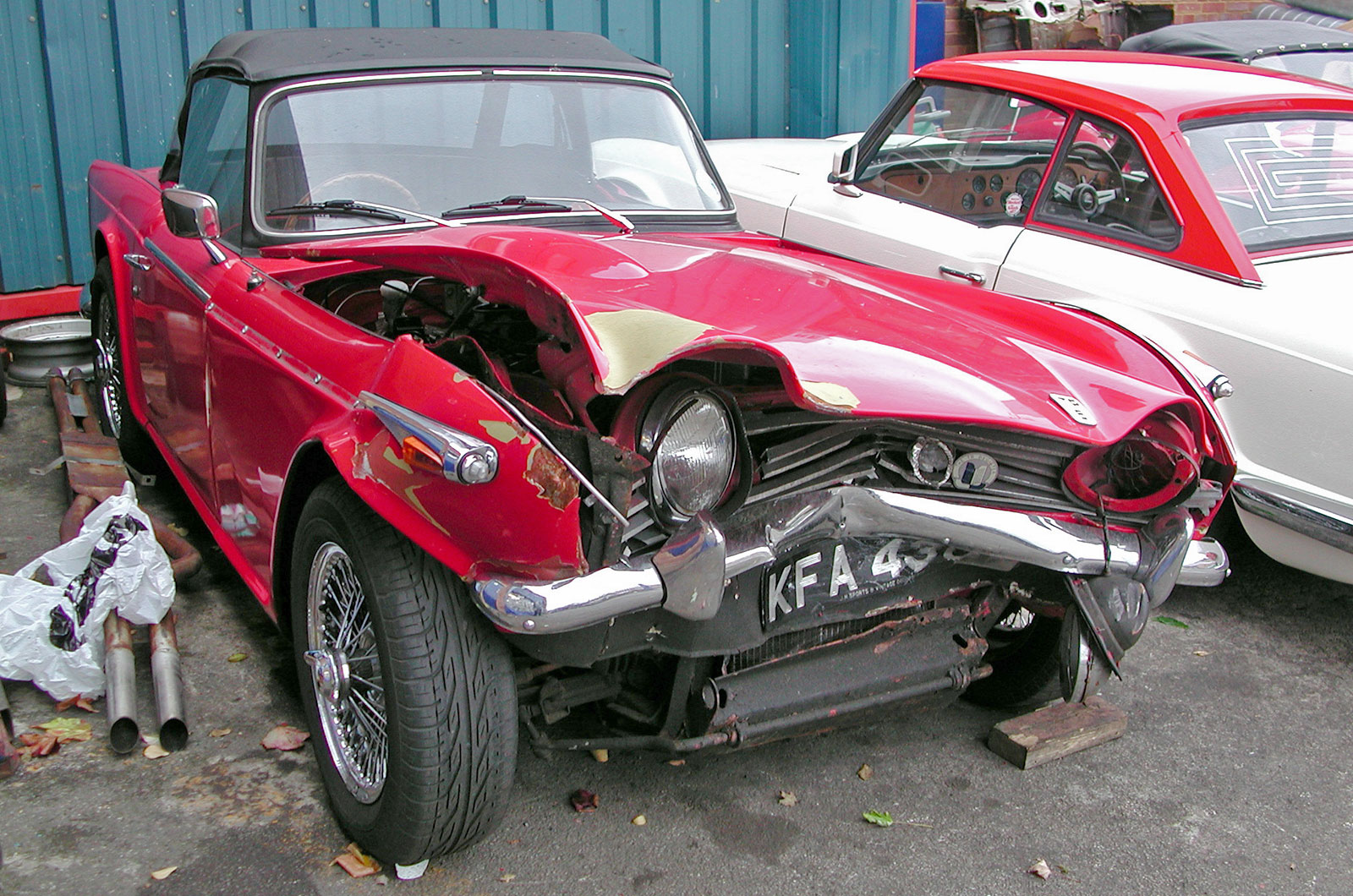
Make sure you insure the car on a specialist classic policy. Doing this will ensure that you get what the car is worth in the event of a total loss, as its value is agreed when you take out the cover; a regular policy will give you the (much lower) market value instead.
You should also get pan-European breakdown cover included in the cost.
Maintain it
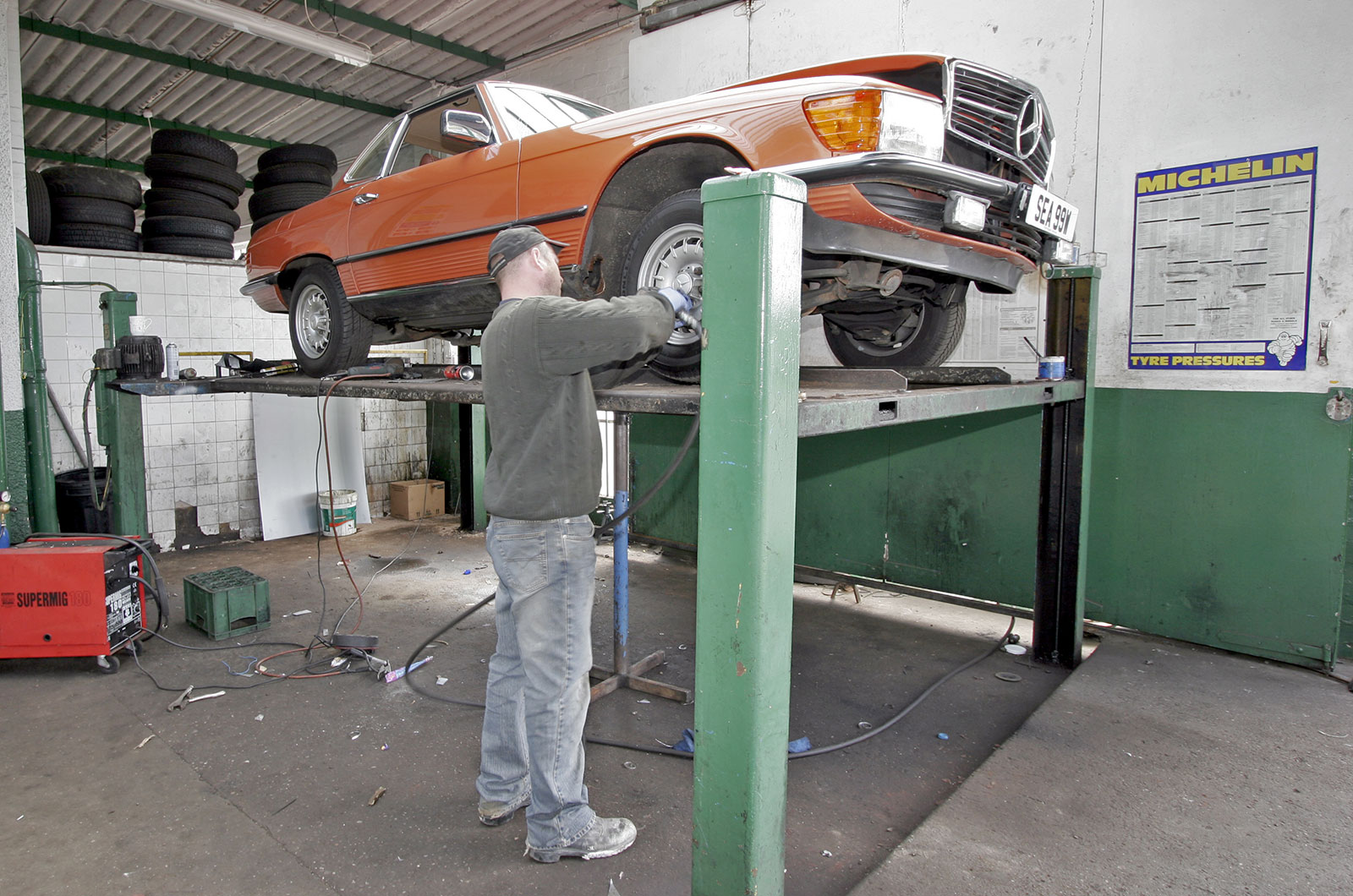
Even if you don’t cover many miles each year, give the car a service – including an oil change – before you put it away for the winter. Refreshing the lubricant and filter annually is the best thing you can do to preserve the engine.
Whatever the age of classic you’re buying, getting it professionally rustproofed periodically is essential if corrosion isn’t to break out.
Upgrade it
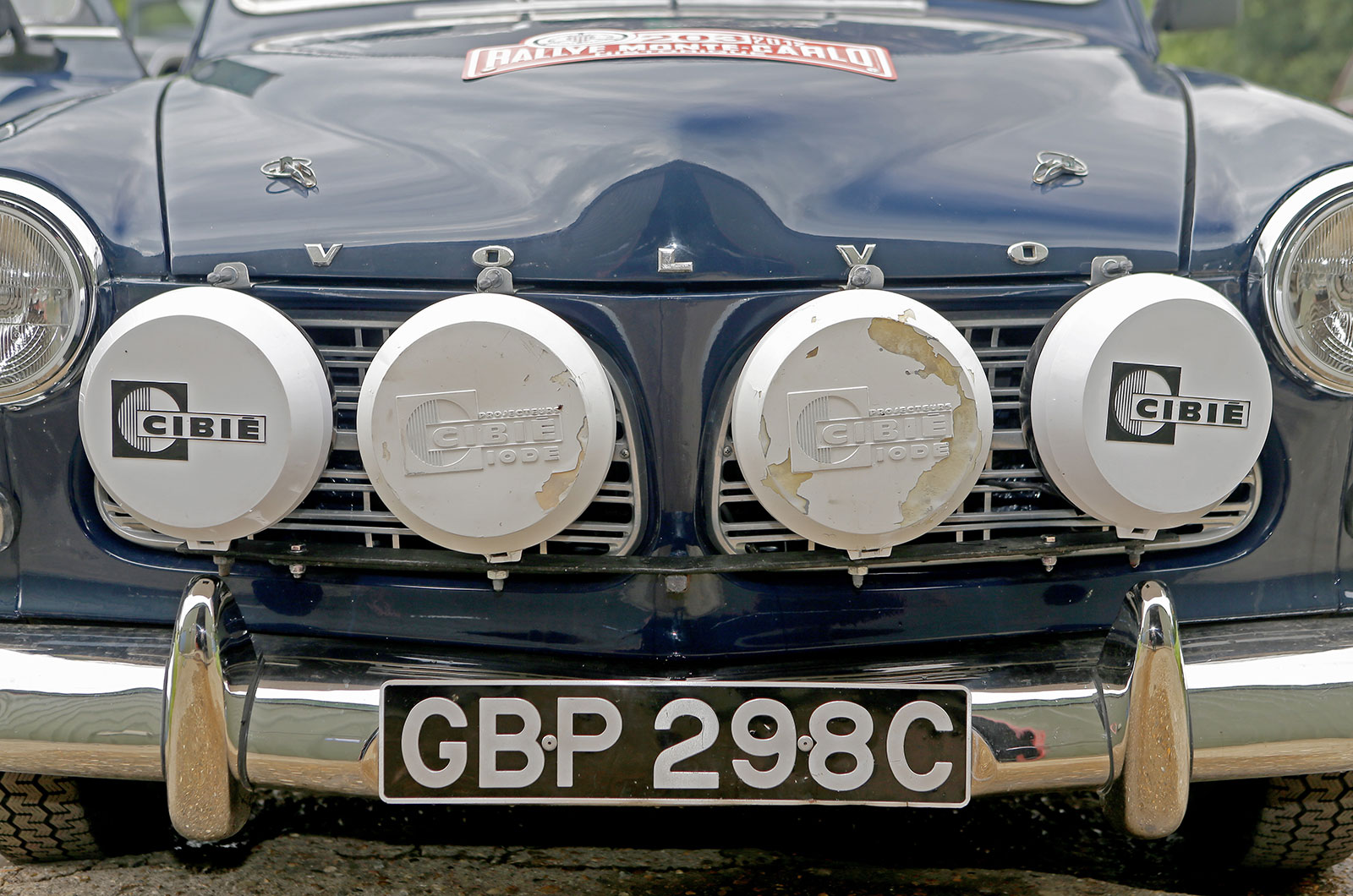
If you’re buying something really rare or collectible you’re better off keeping it as original as possible. But if you’re buying a classic to use it regularly, a few modifications can transform its reliability, comfort and usability.
Fitting better headlights and switching to electronic ignition are popular upgrades but you can also swap wheels, seats, fit better security and much more. Many upgrades are available off the shelf for key classics.
Store it properly
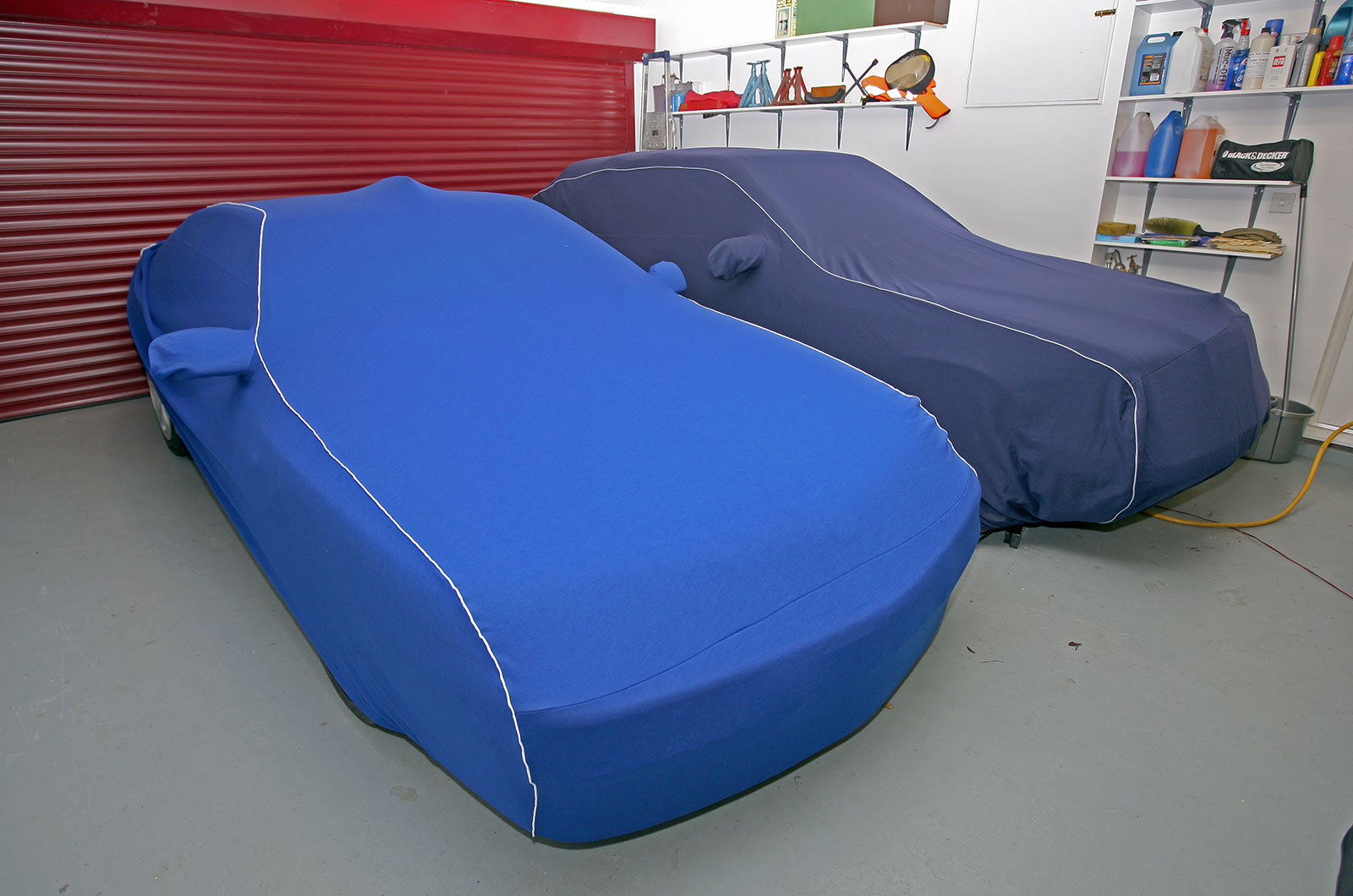
When winter comes round, make sure the car is stored properly if you’re not going to use it. Fit a battery conditioner and get the engine up to temperature once a month to make sure you don’t have problems with bits seizing up.
Using the car regularly will reduce the chances of problems – and let’s face it, you bought your classic to use, so don’t be afraid to do so!
Enjoy it!

Unless you really are planning on buying a classic solely as an investment – which may well be good financial sense but which we feel is rather a shame – you’re going to want to get out and about it.
Events are a good start, and come in all shapes and sizes, from huge car shows such as the Goodwood Revival to friendly club meetings down the local pub. We recommend the Sunday Scrambles at Bicester Heritage as a great starting point, but for more inspiration why not check out our Classic Car Calendar or list of the 21 best classic car events of 2019.
READ MORE
Check out all our ‘How to…’ guides here
50 bargain greats for under £15k
15 appreciating classics and what you should pay for them
Classic cars for sale
MoT exemption changes 2018: 13 things you need to know
How to… rustproof your classic car
The C&SC classic car auction results database
Richard Dredge
Richard Dredge is a contributor to Classic & Sports Car
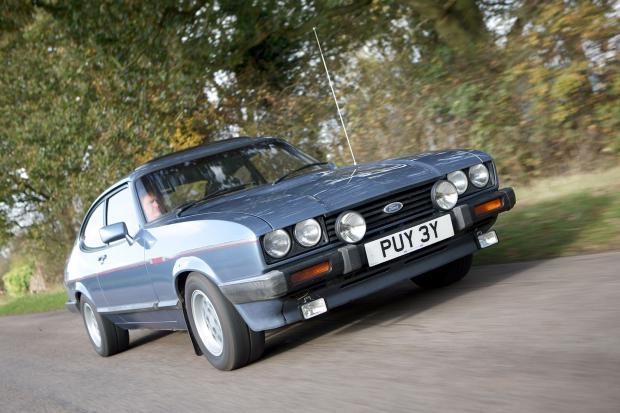
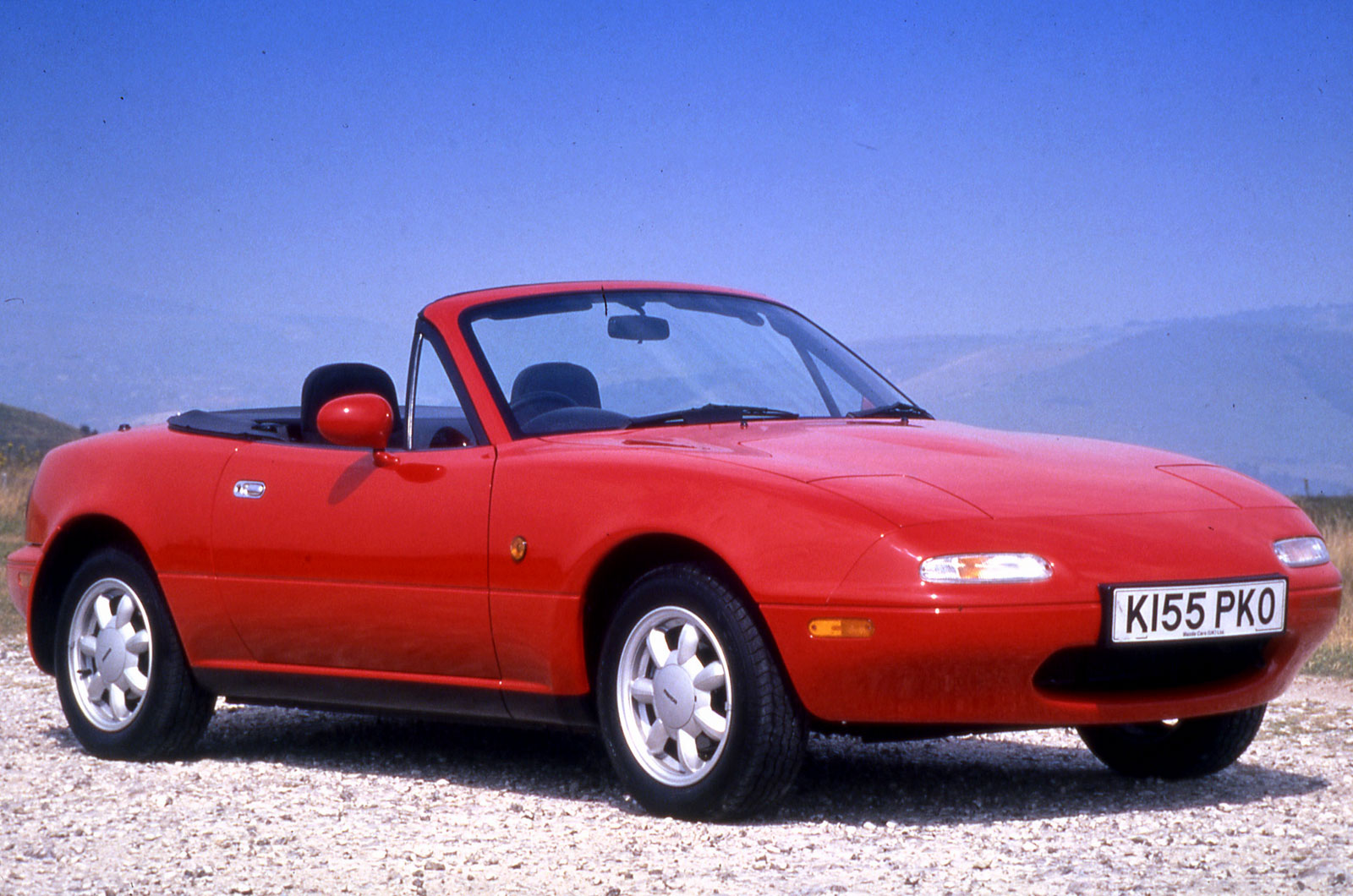

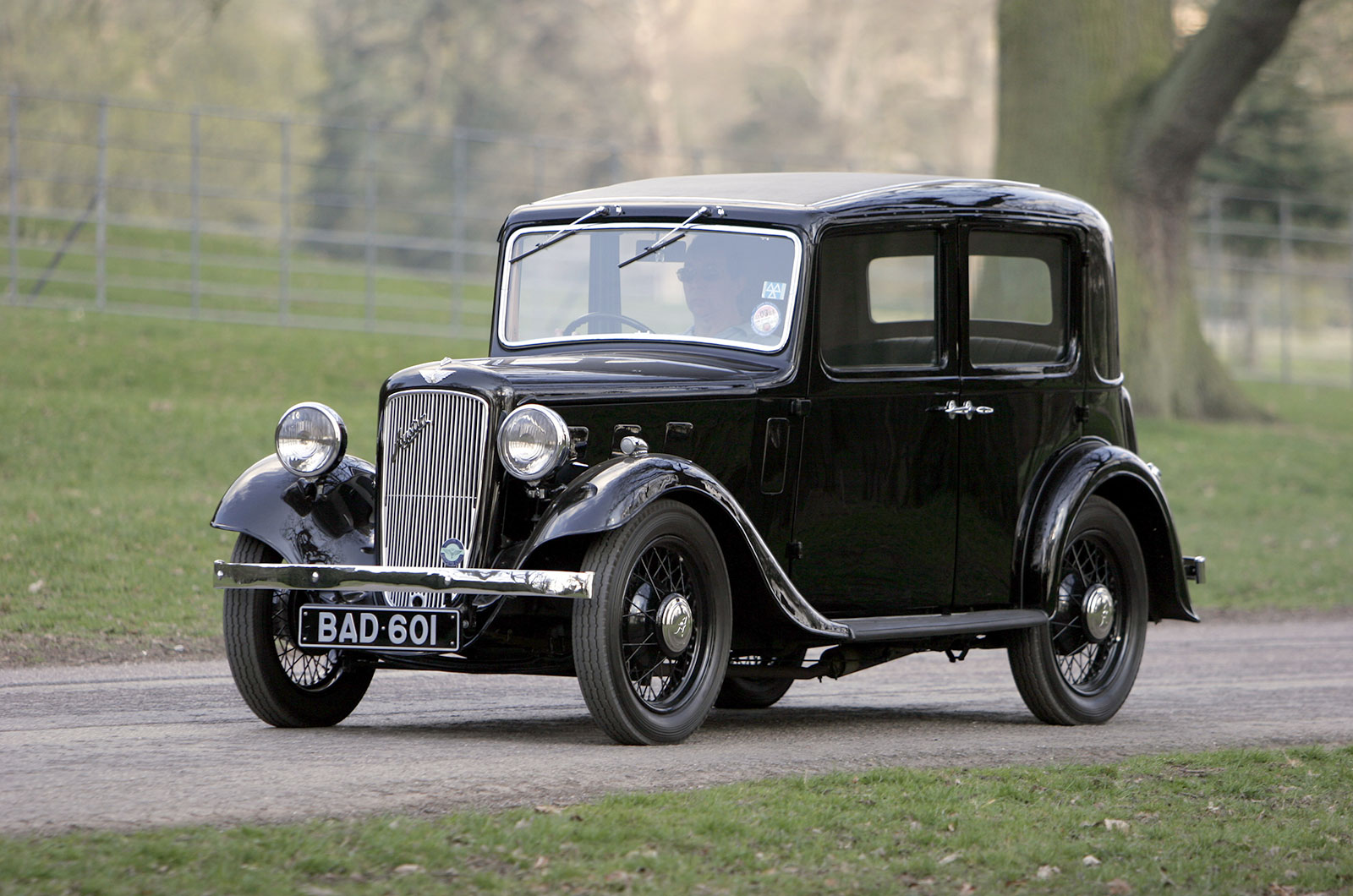
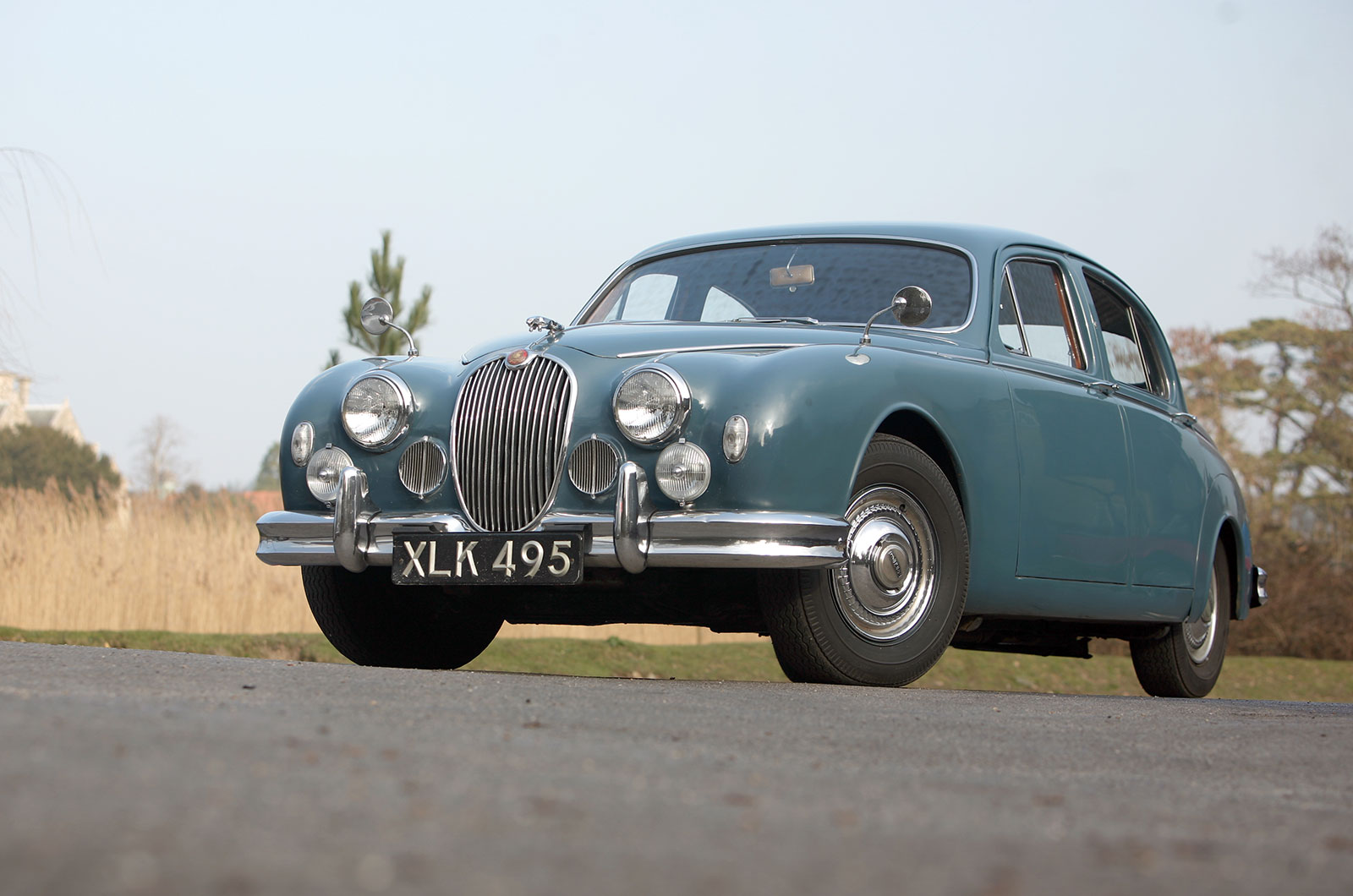
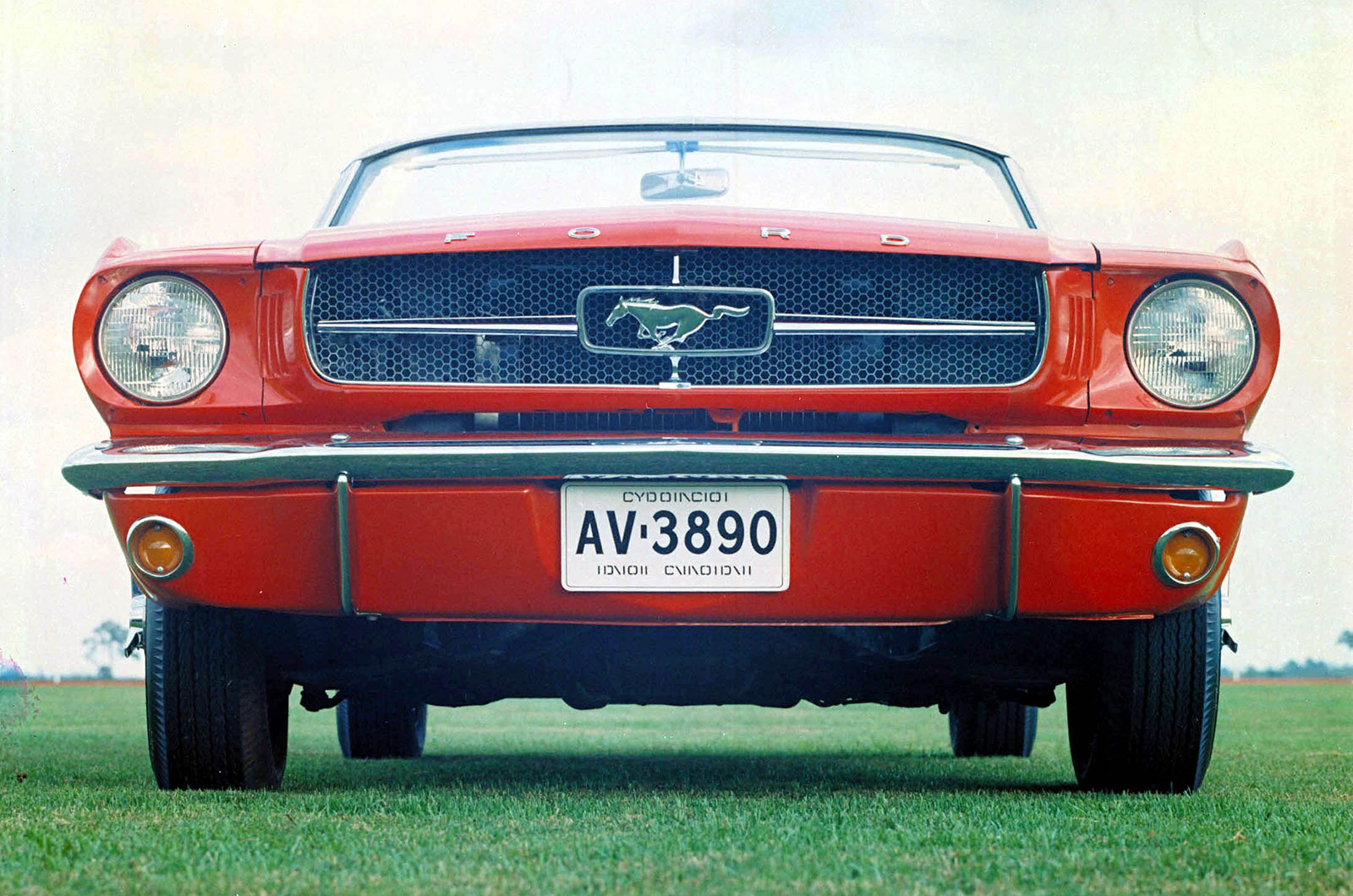
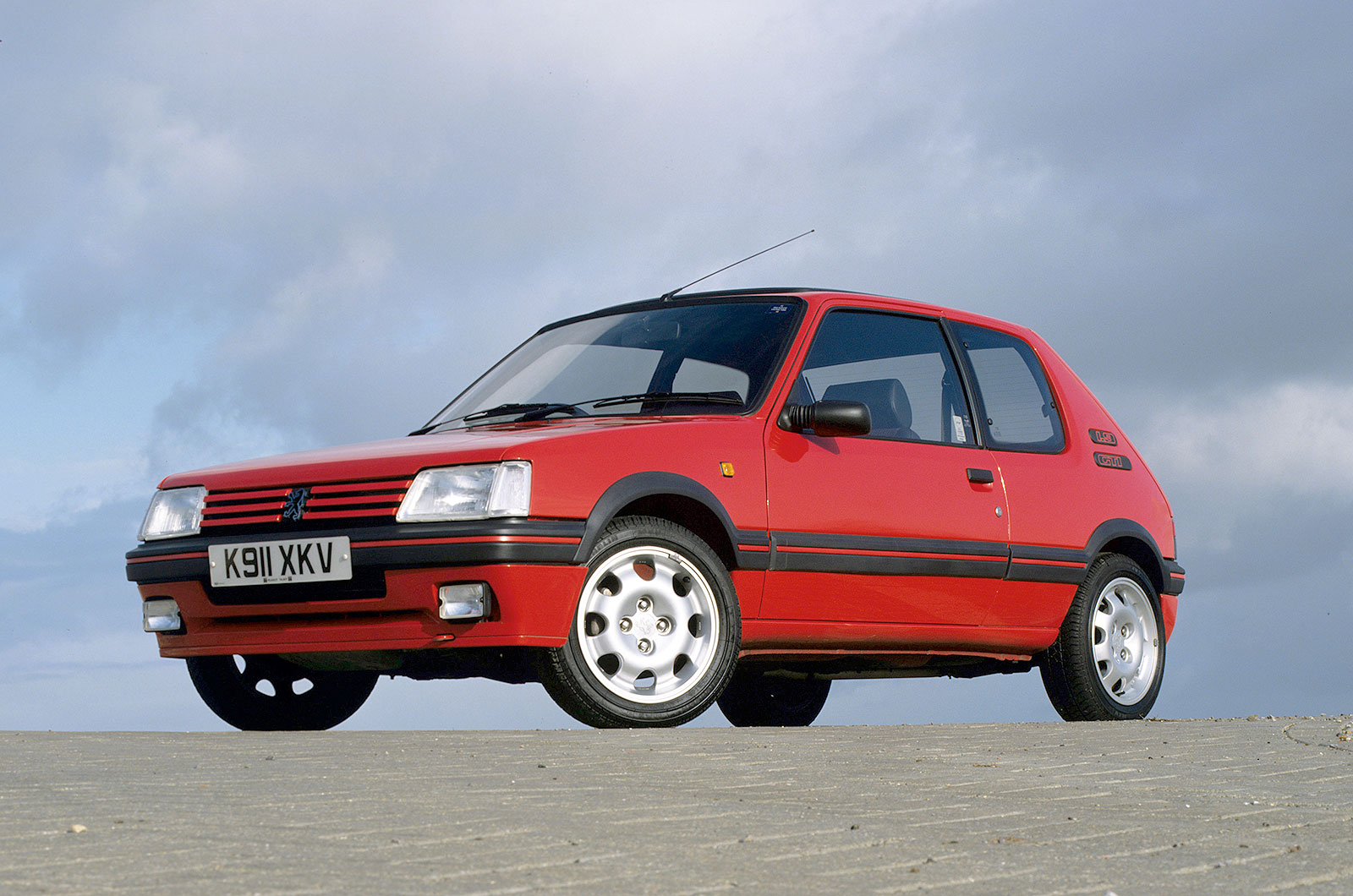
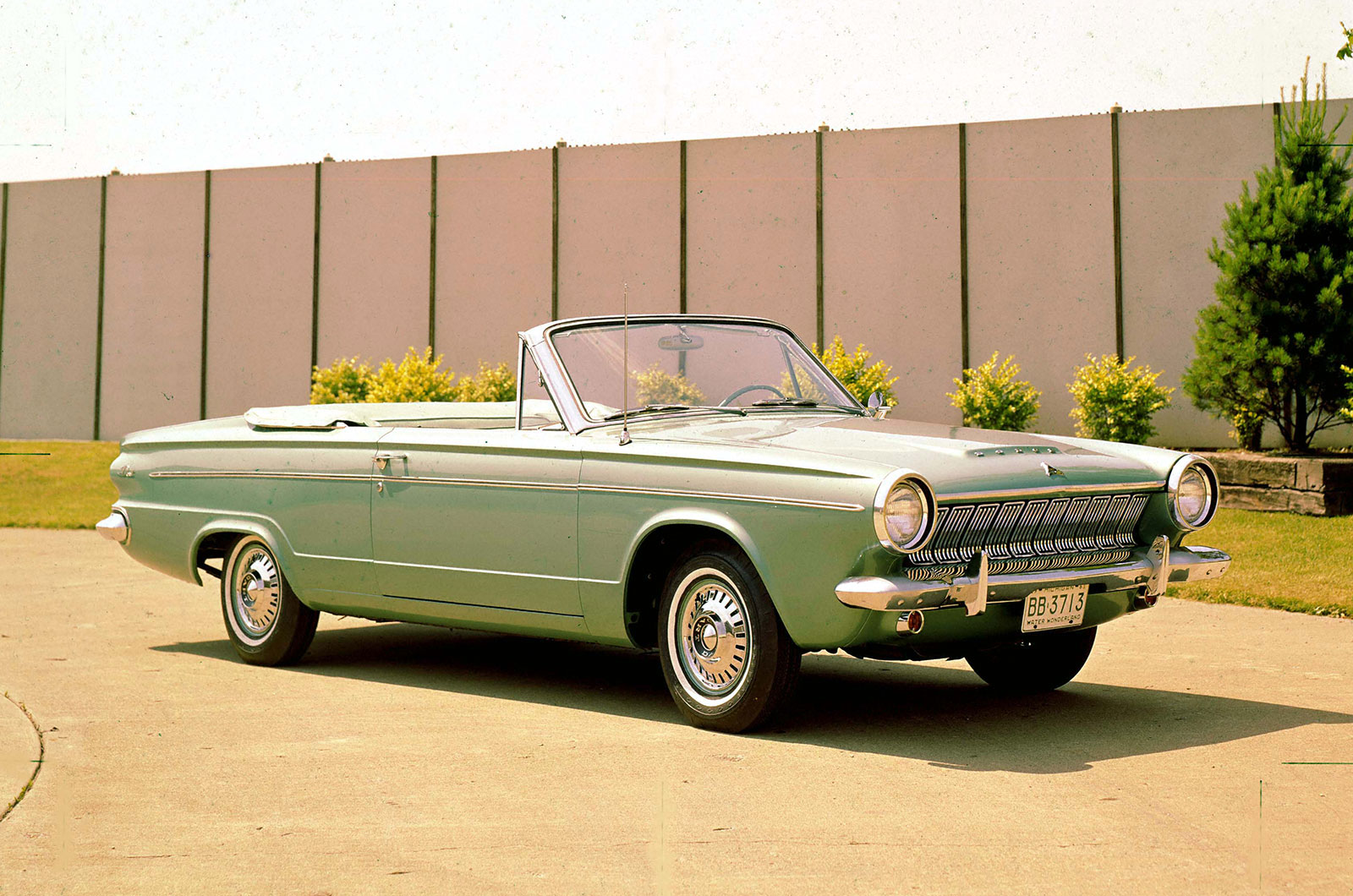
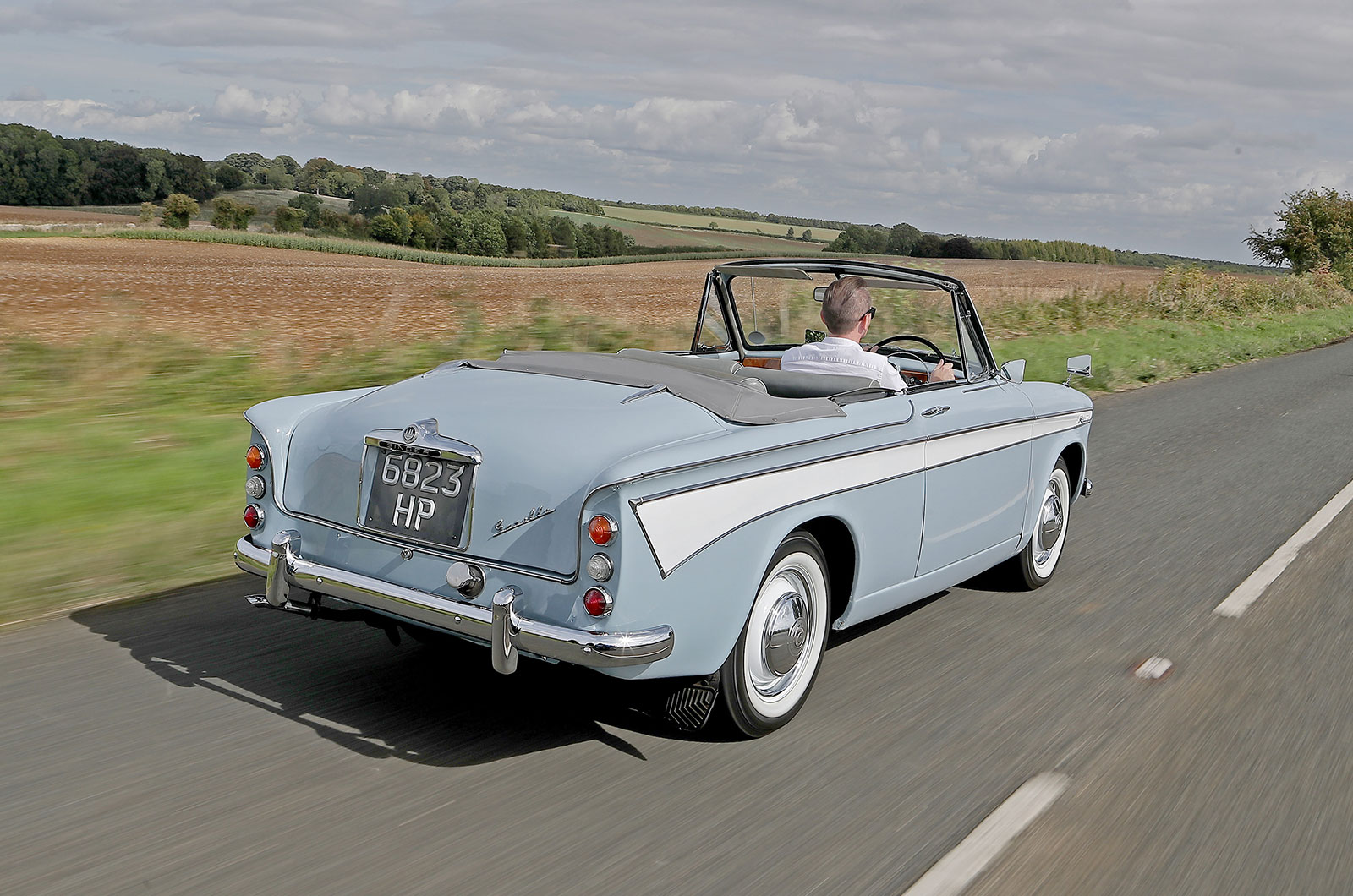
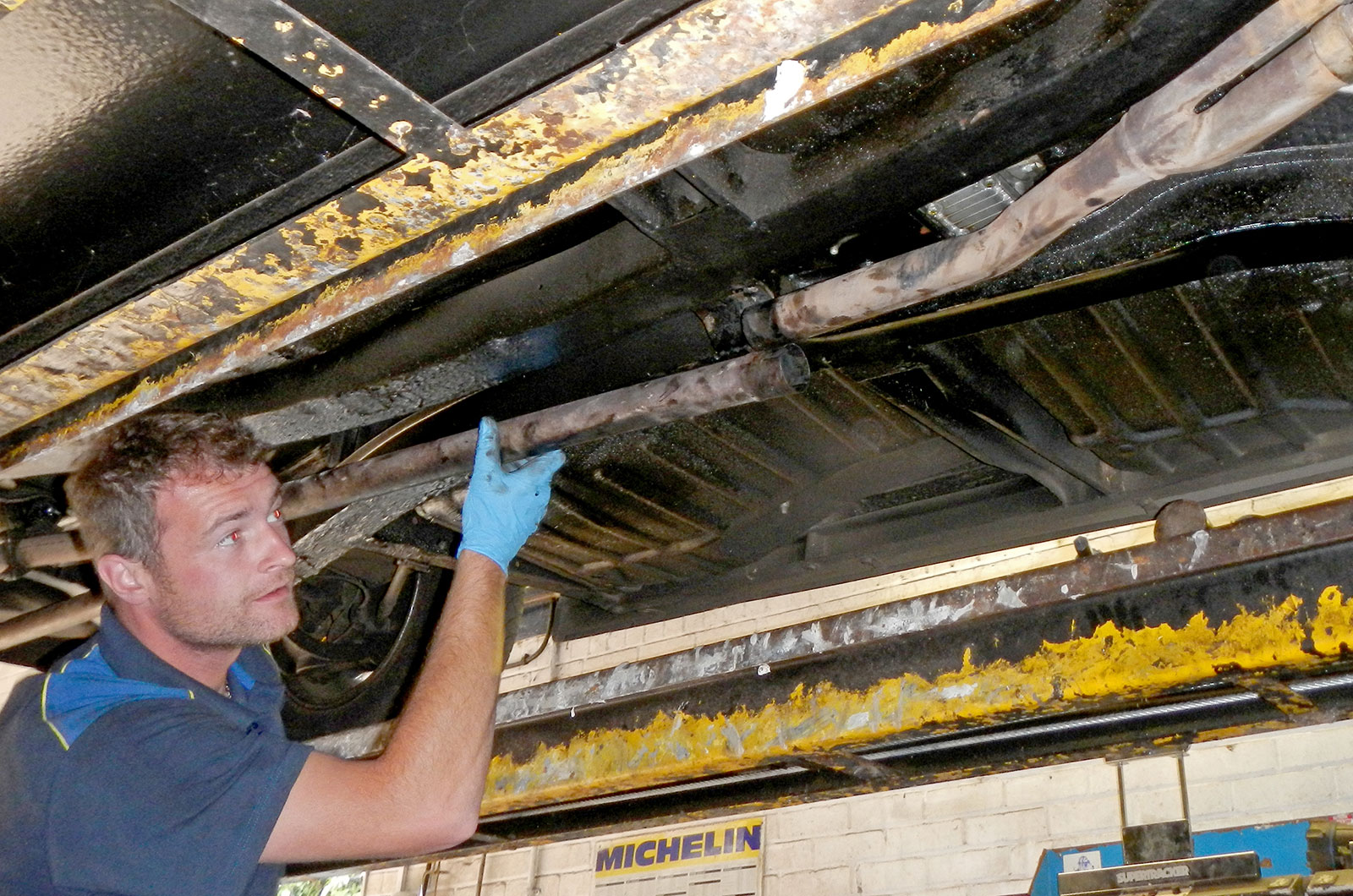
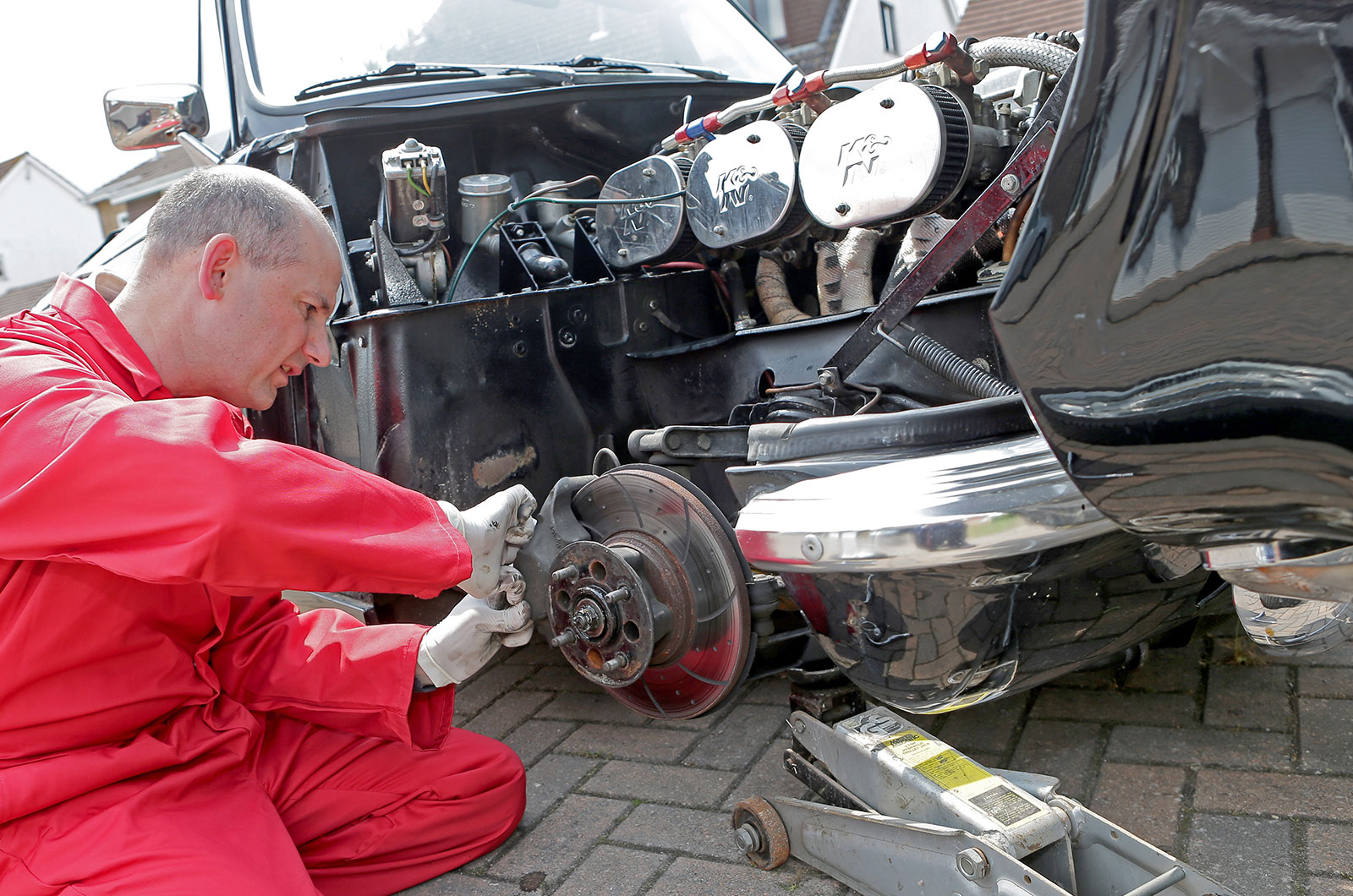
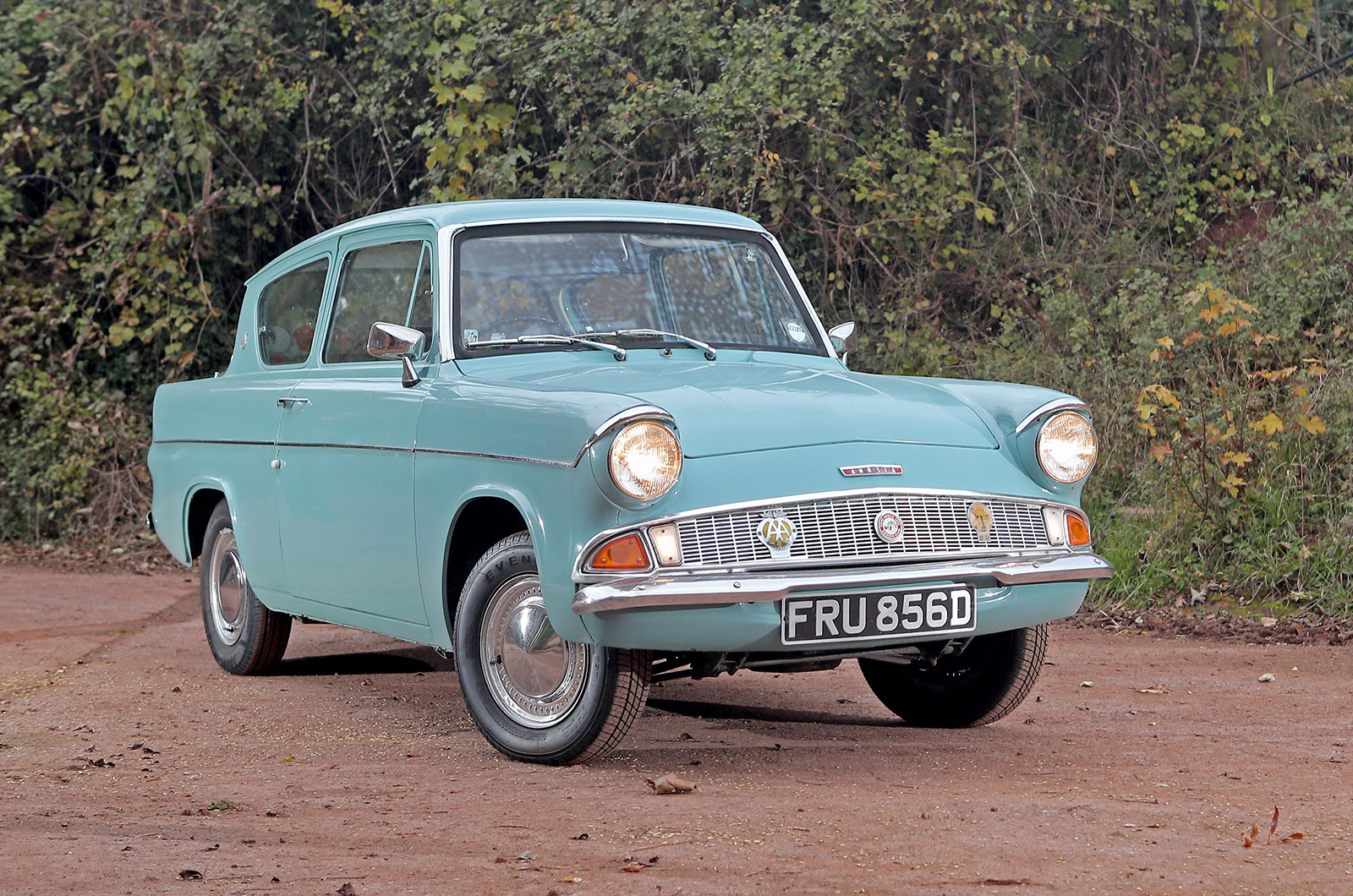
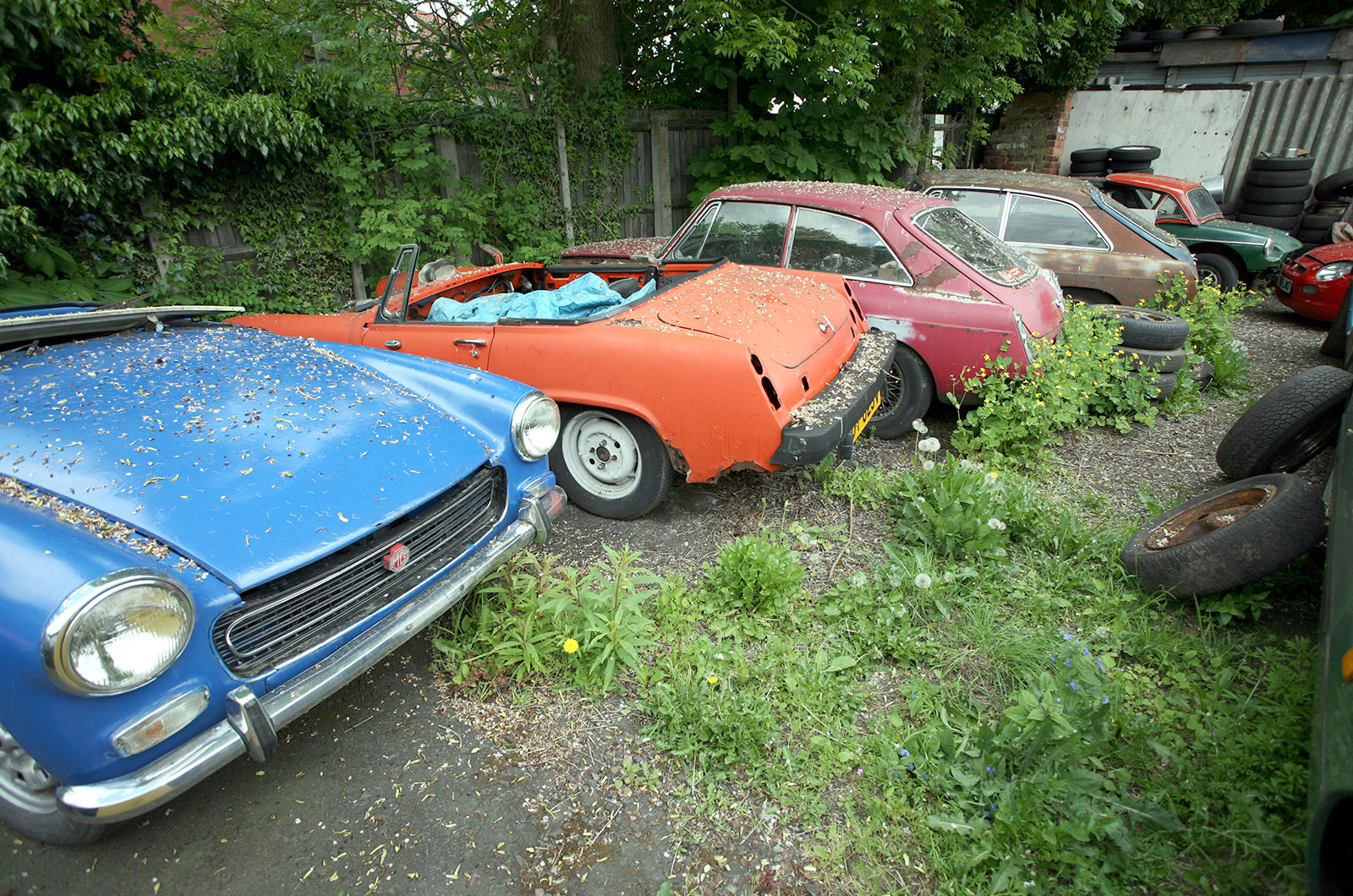
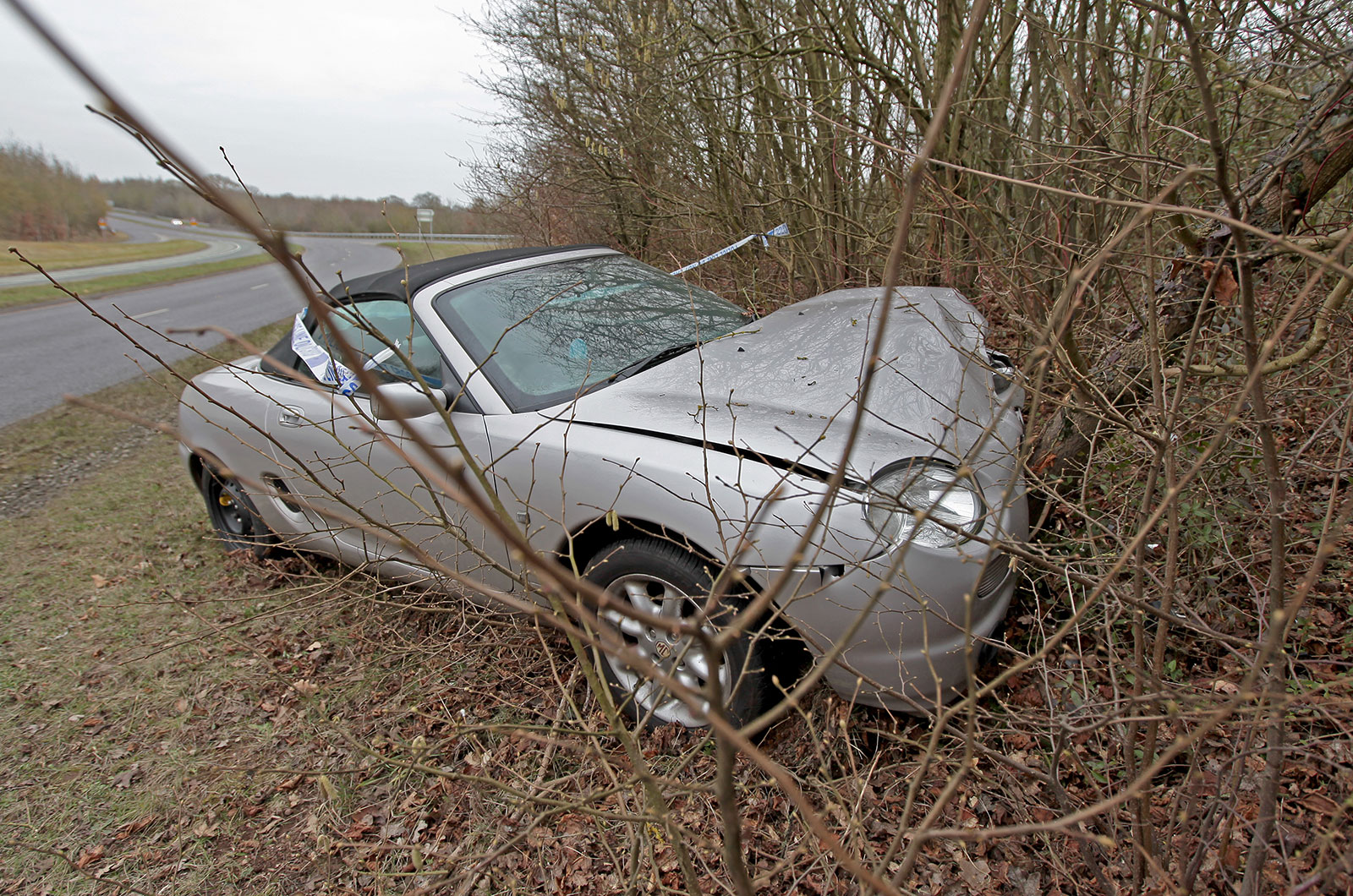
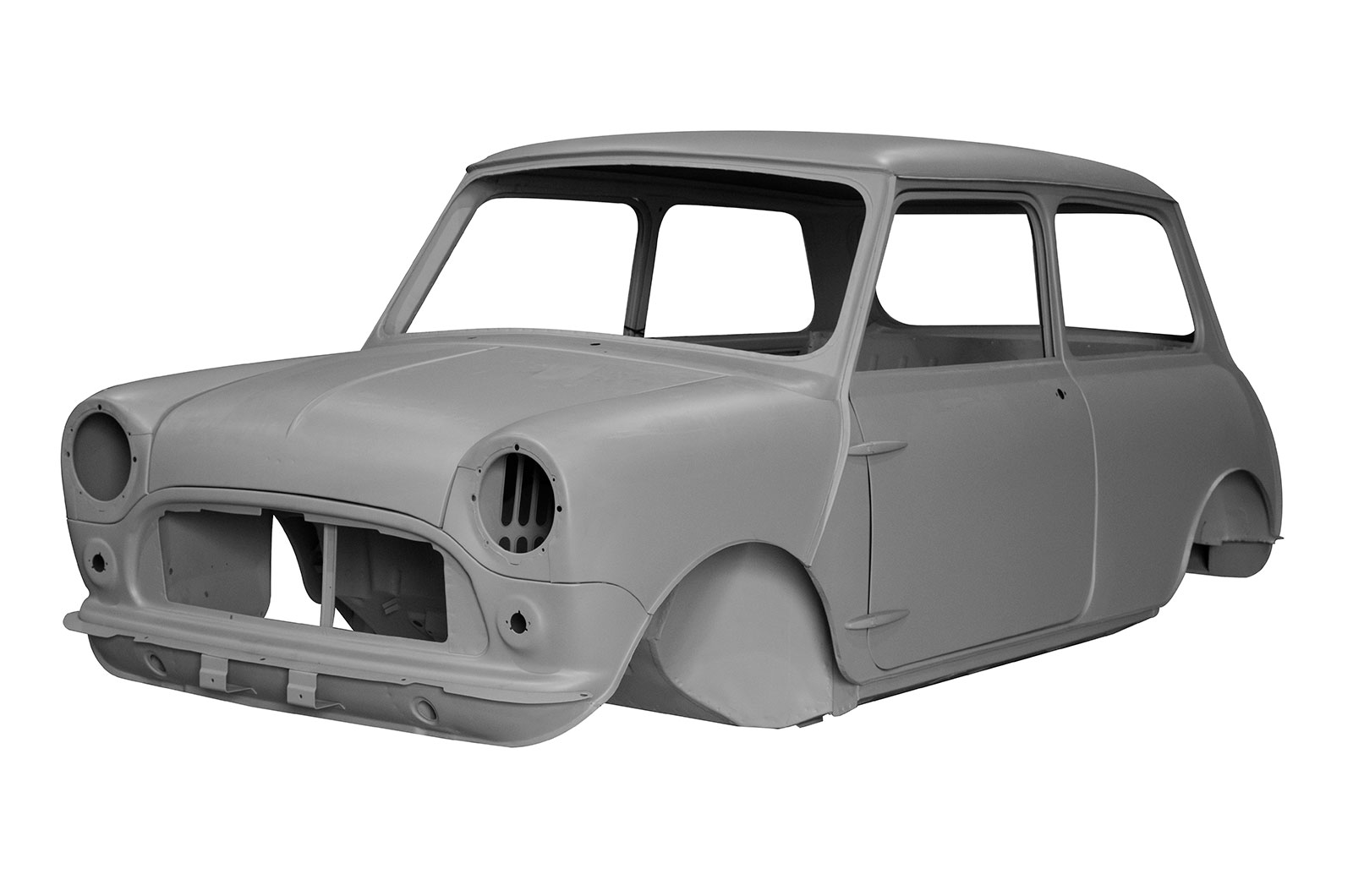
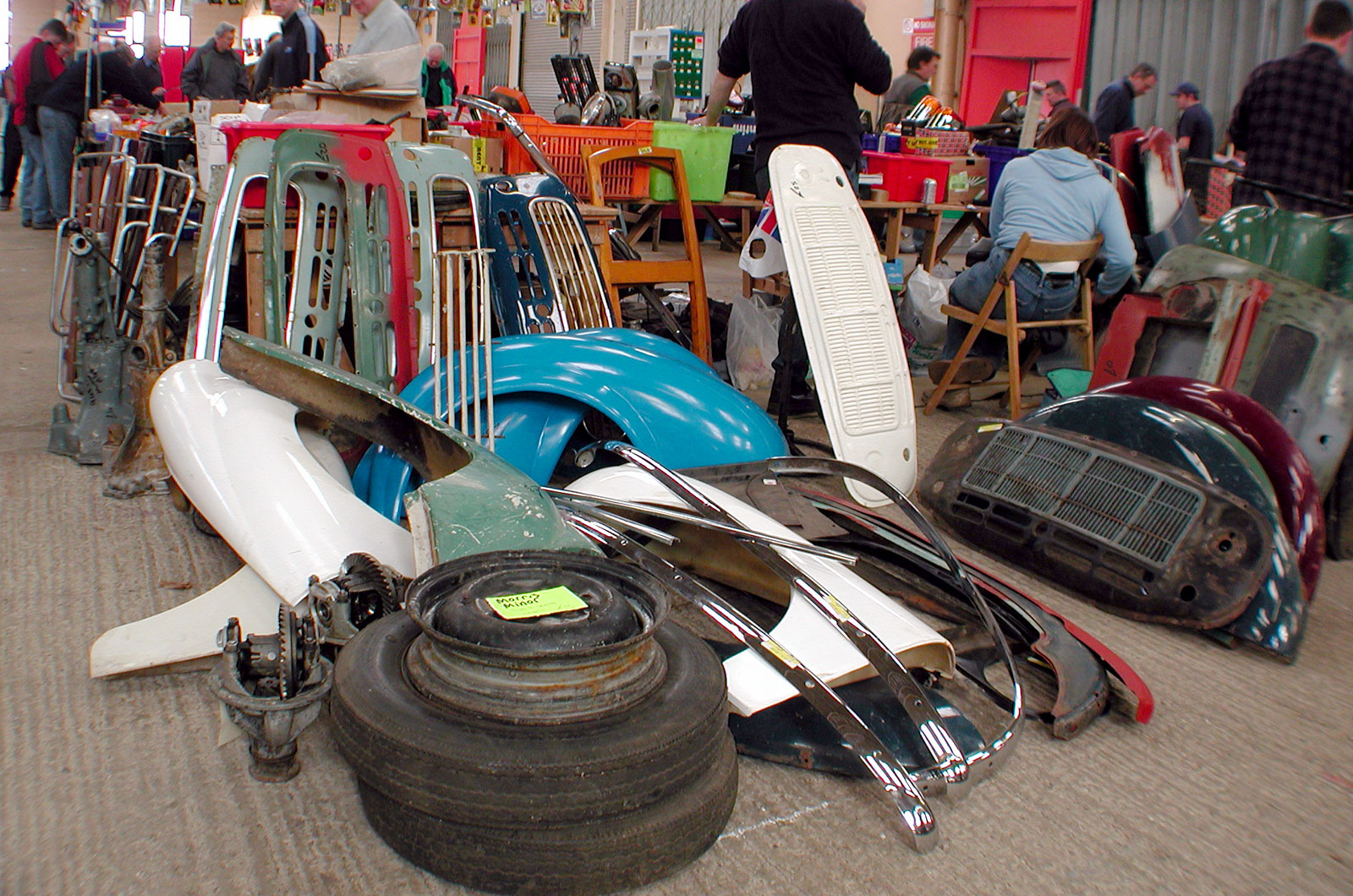
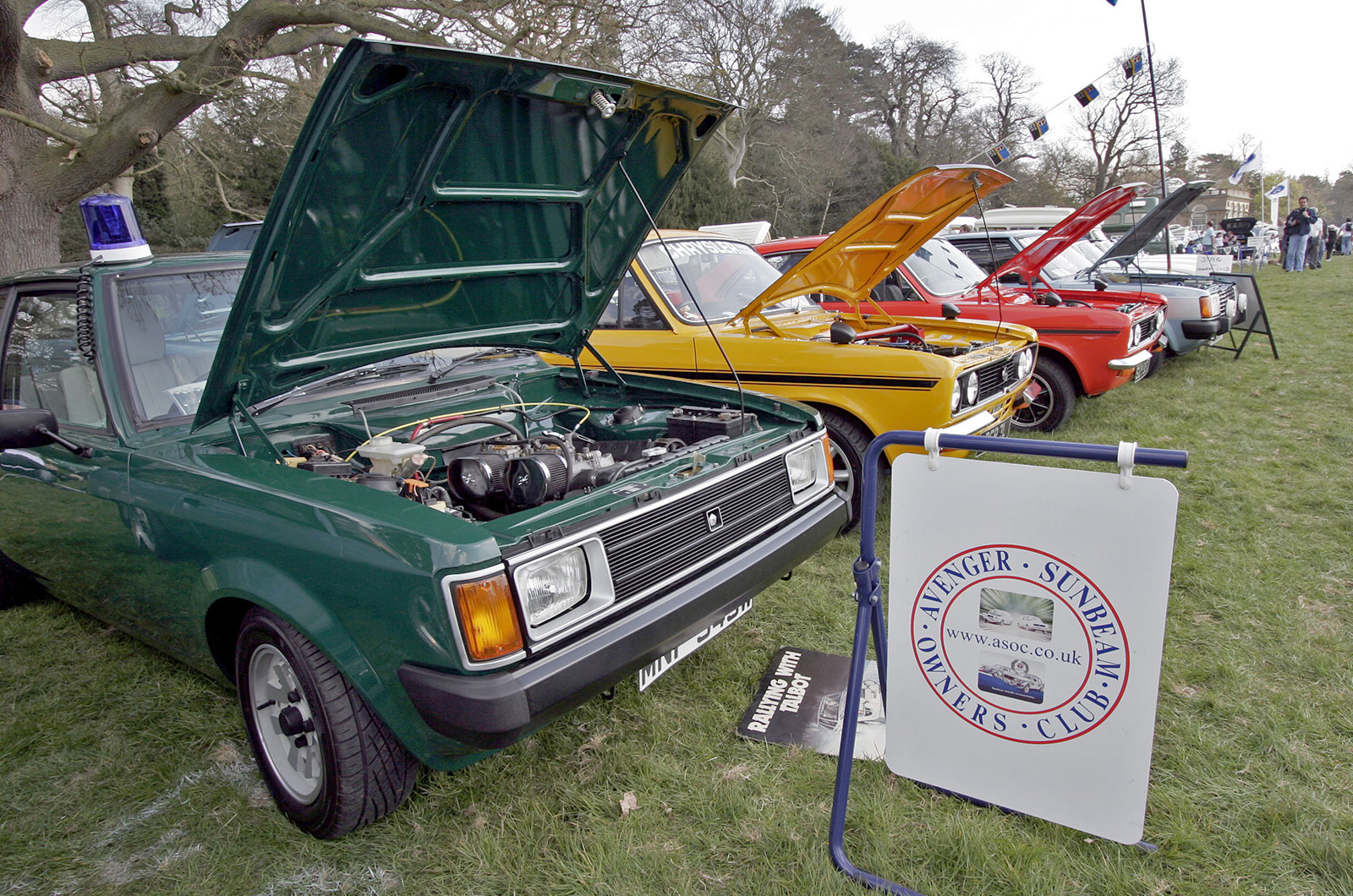
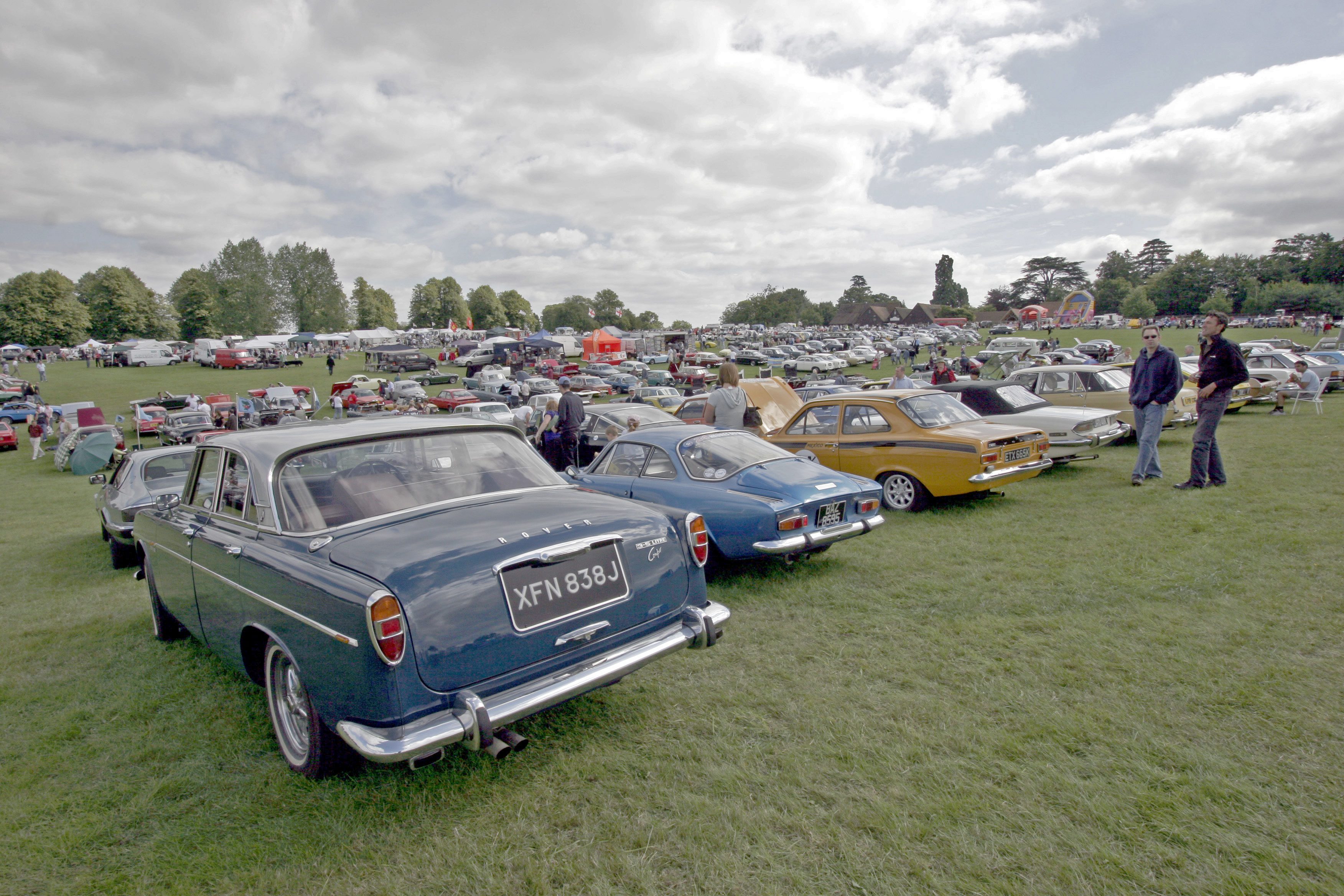
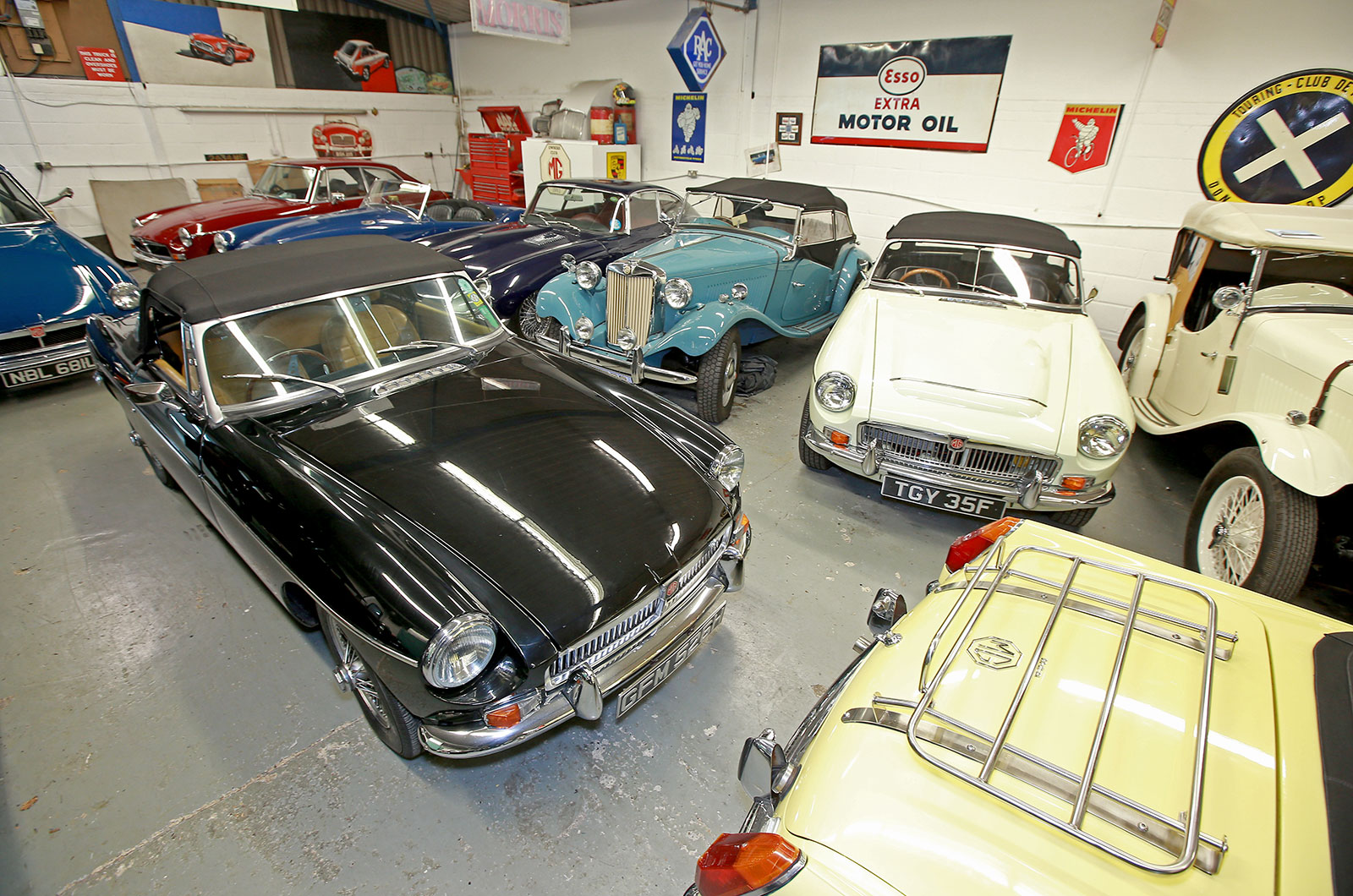






















 Between inspecting the car and buying it, make sure you get an
Between inspecting the car and buying it, make sure you get an 




